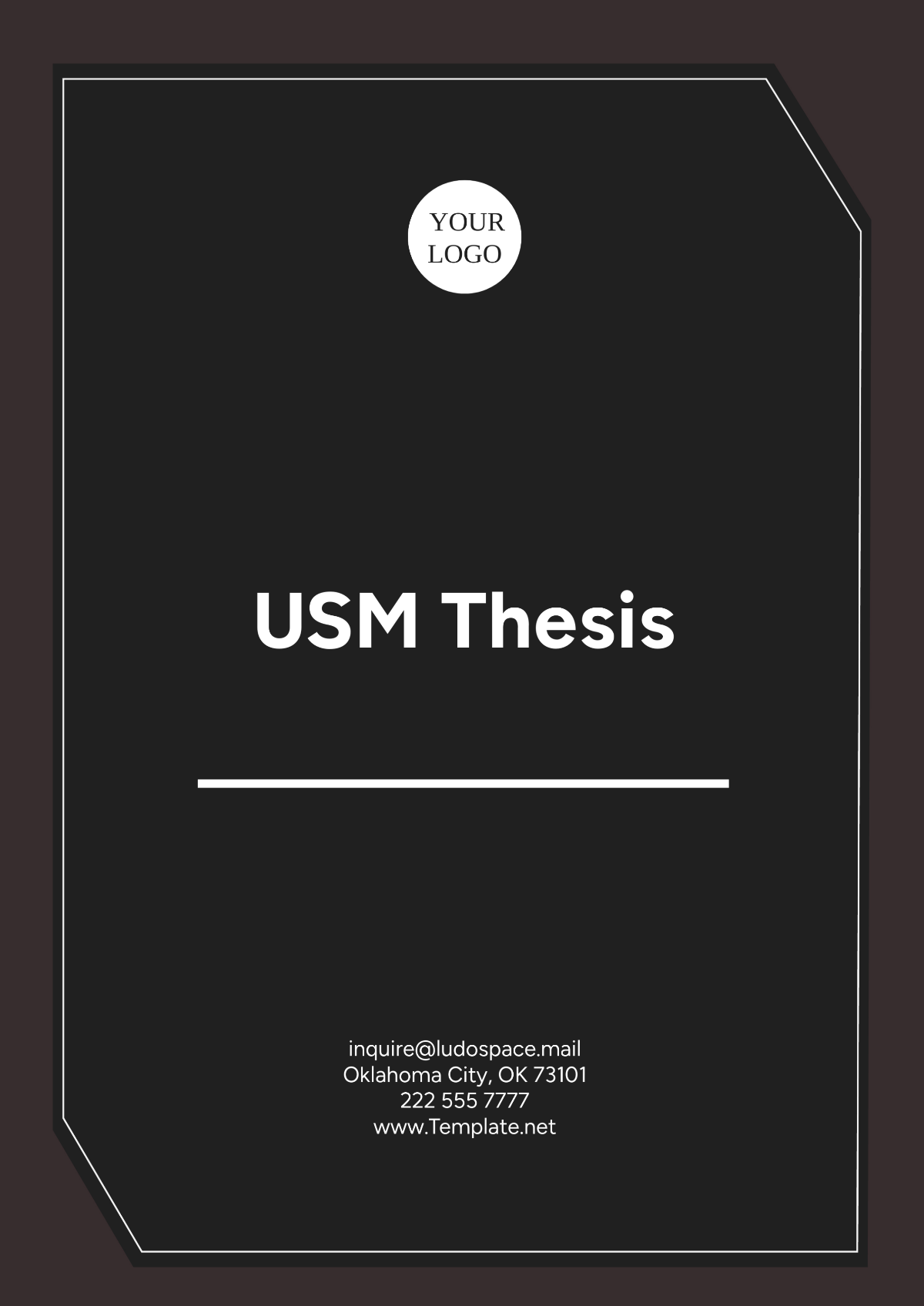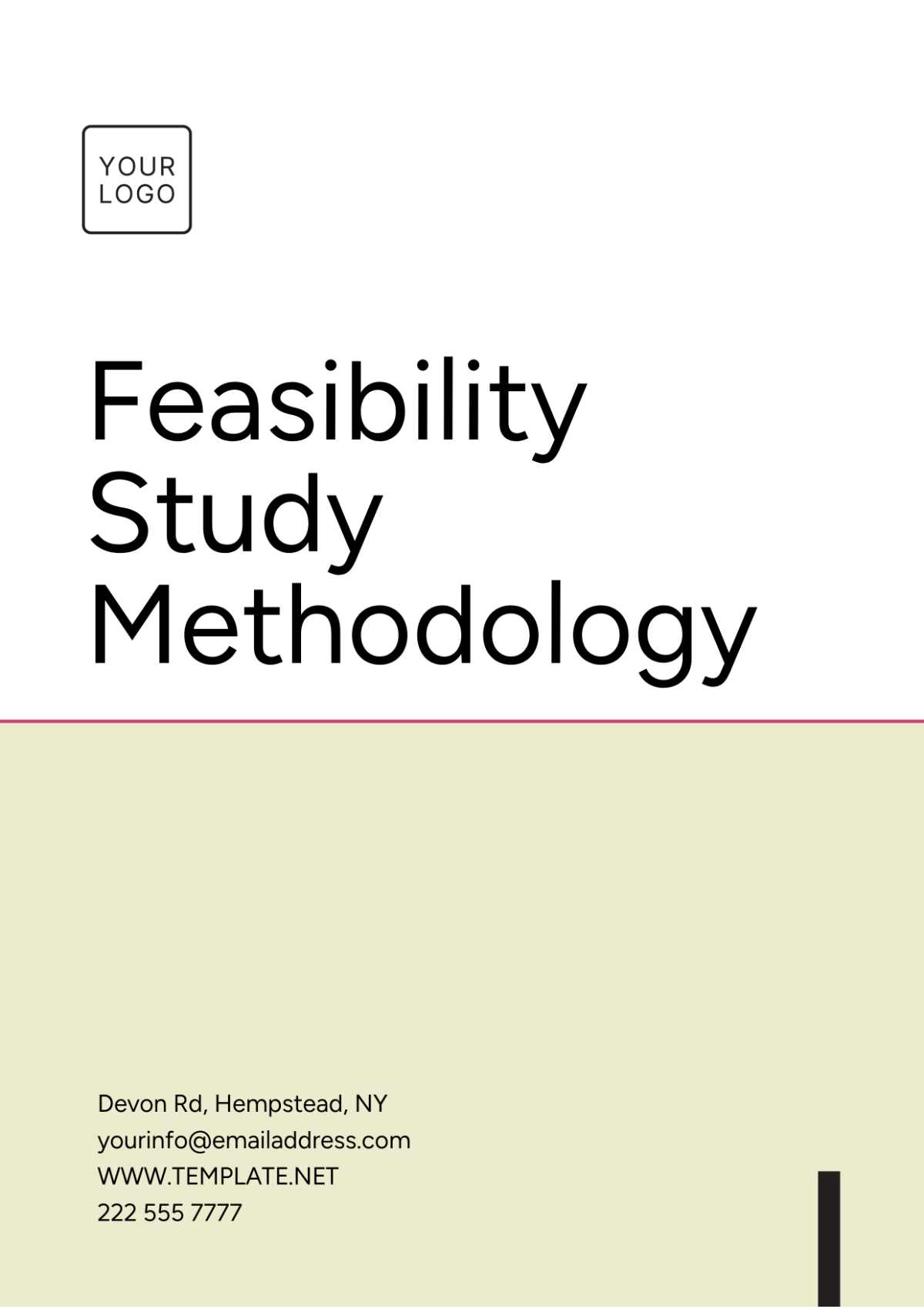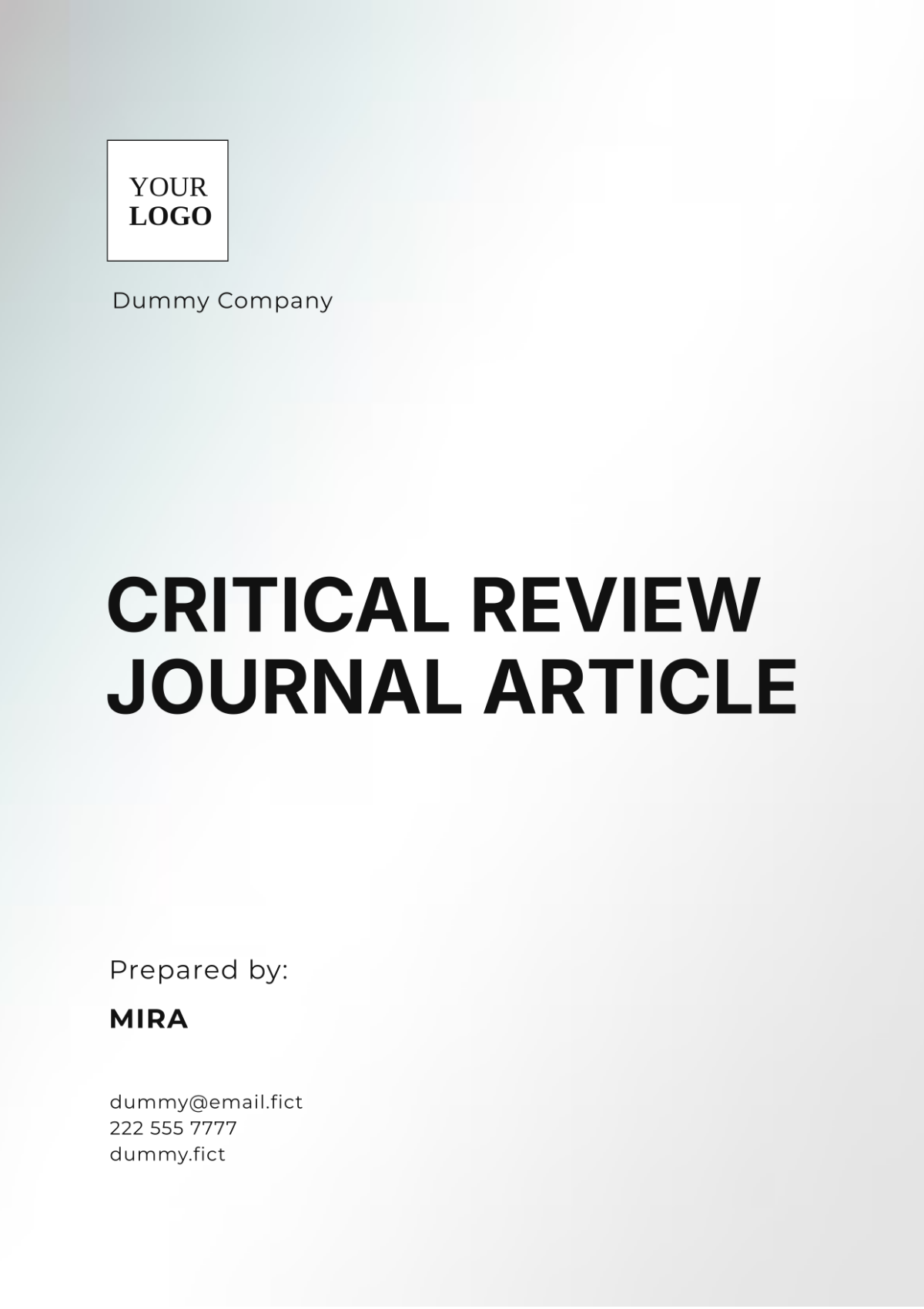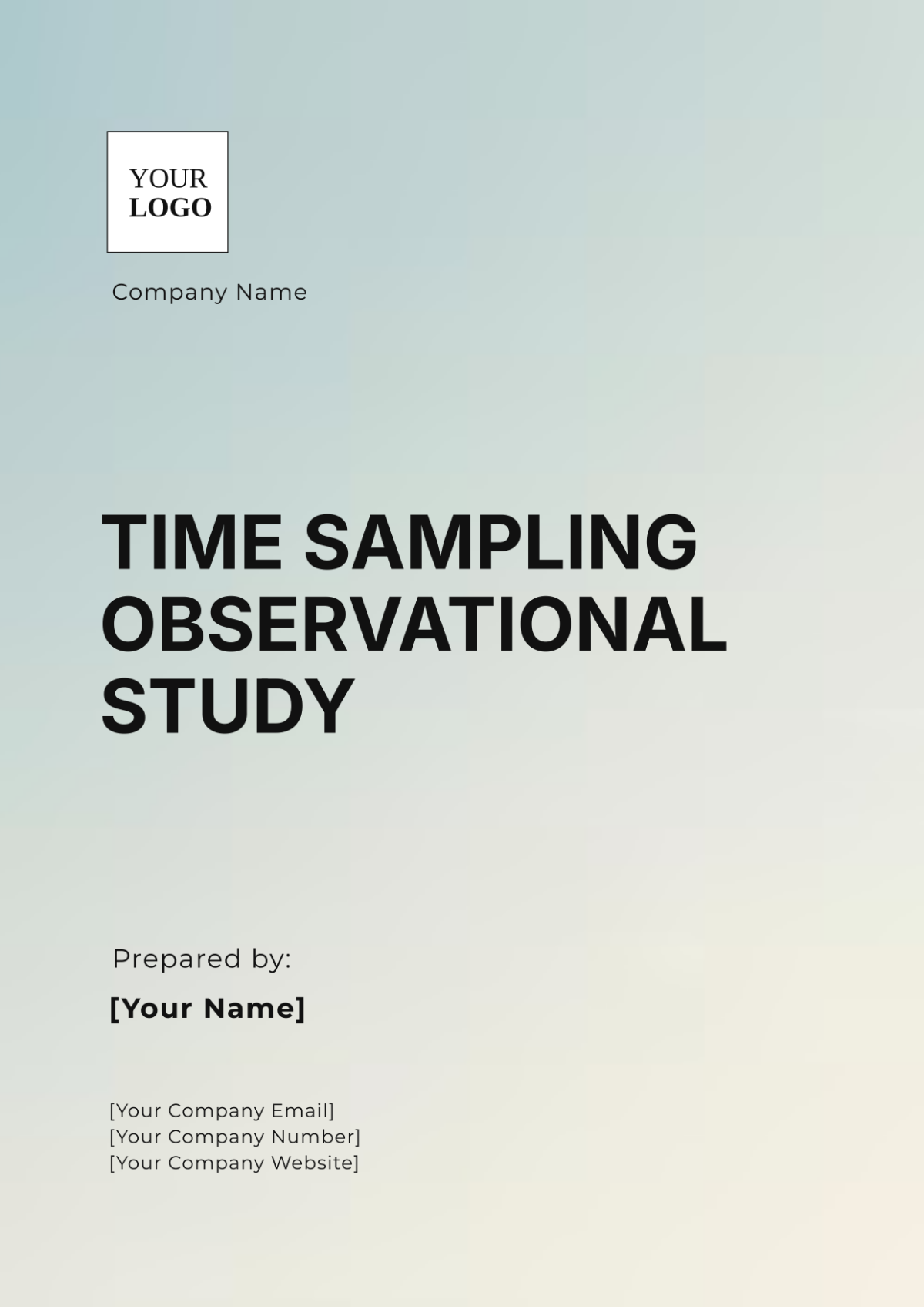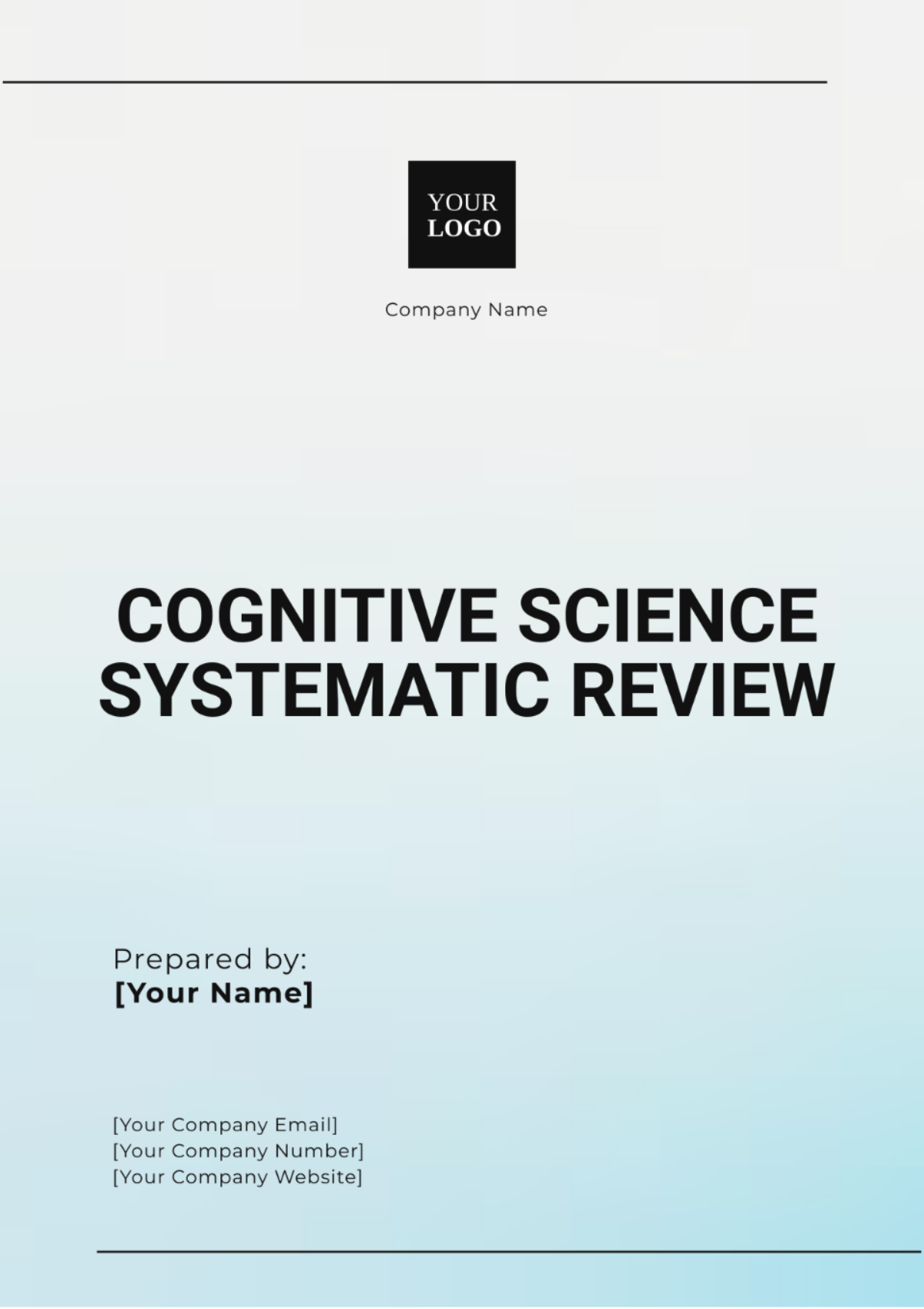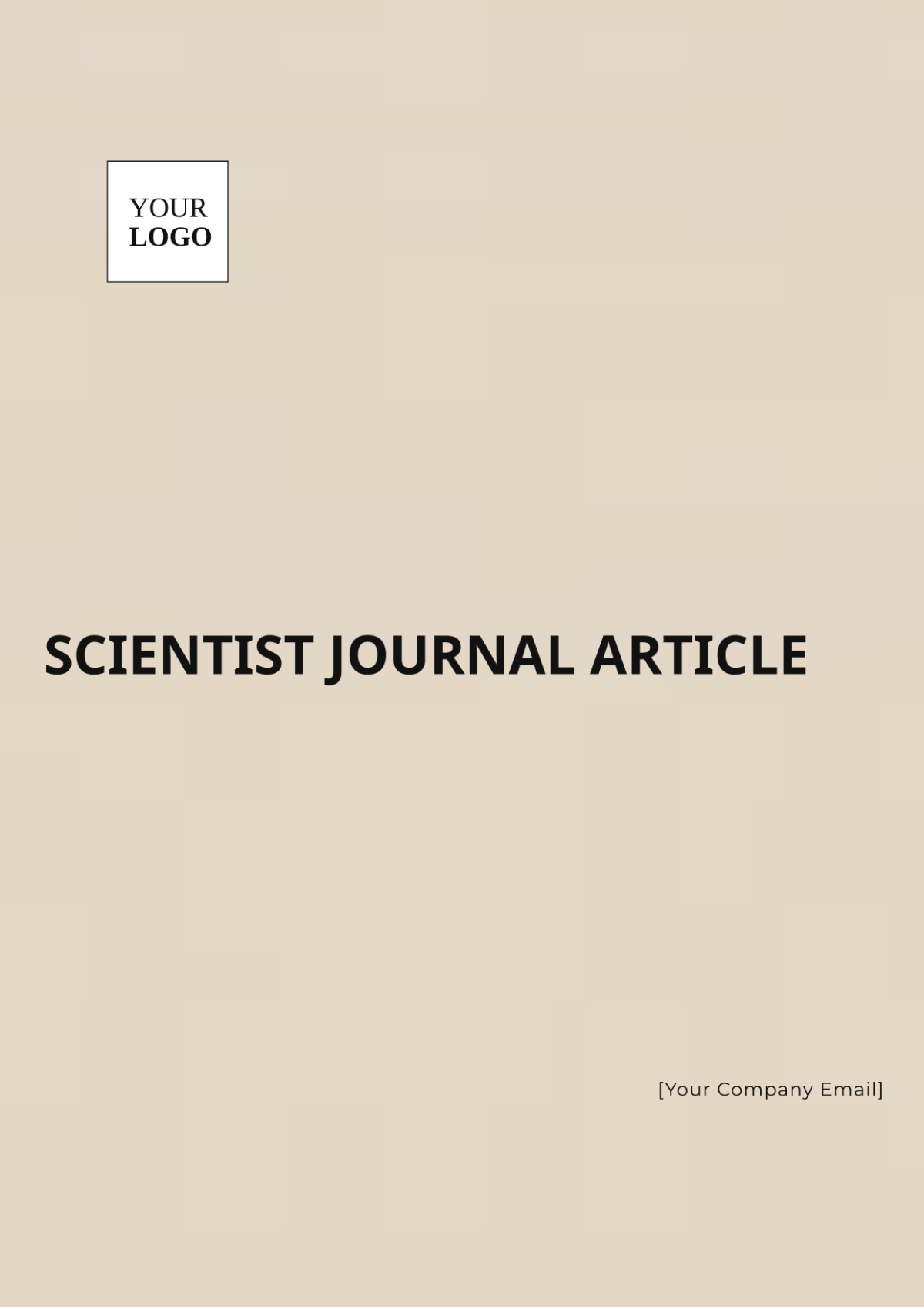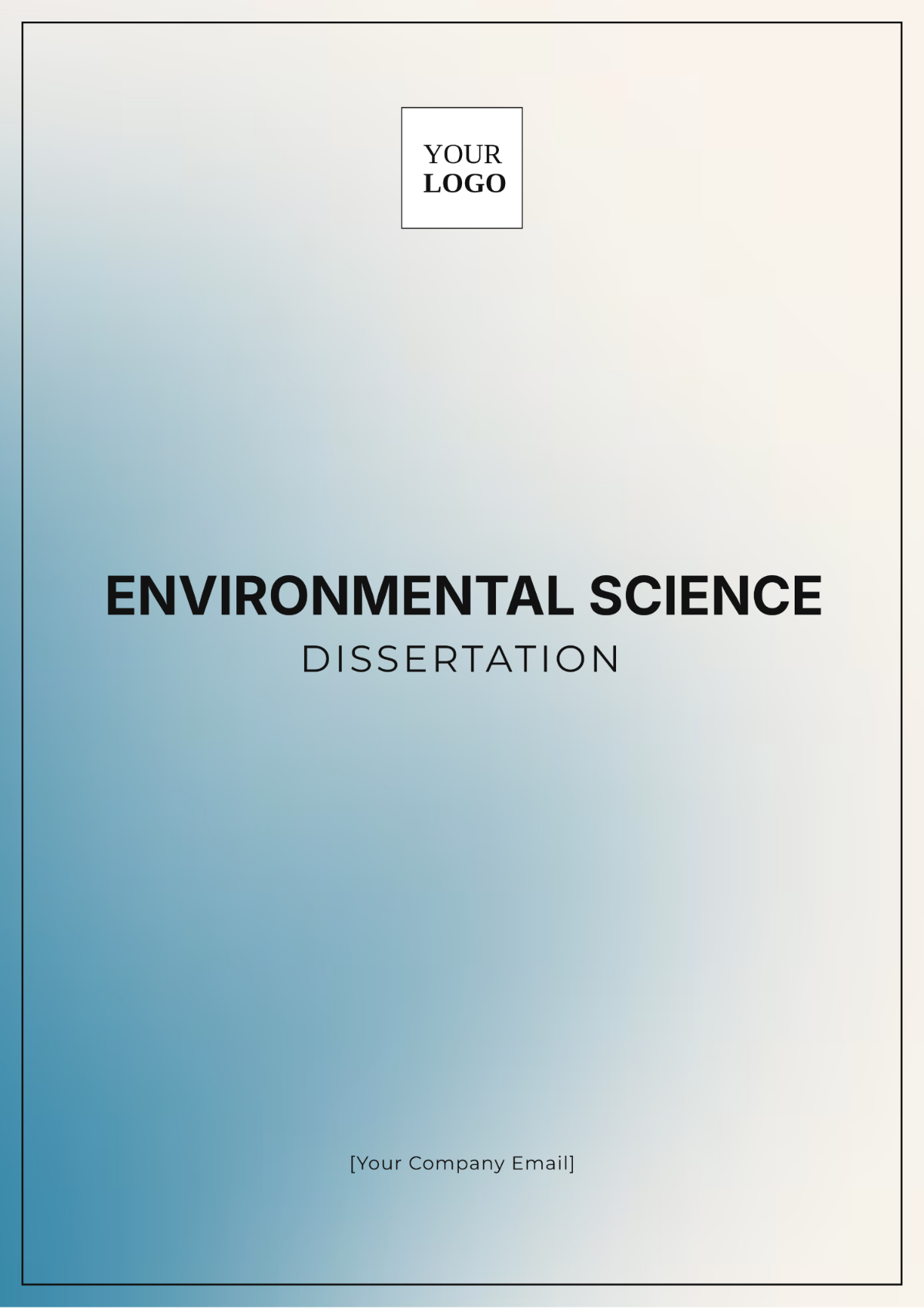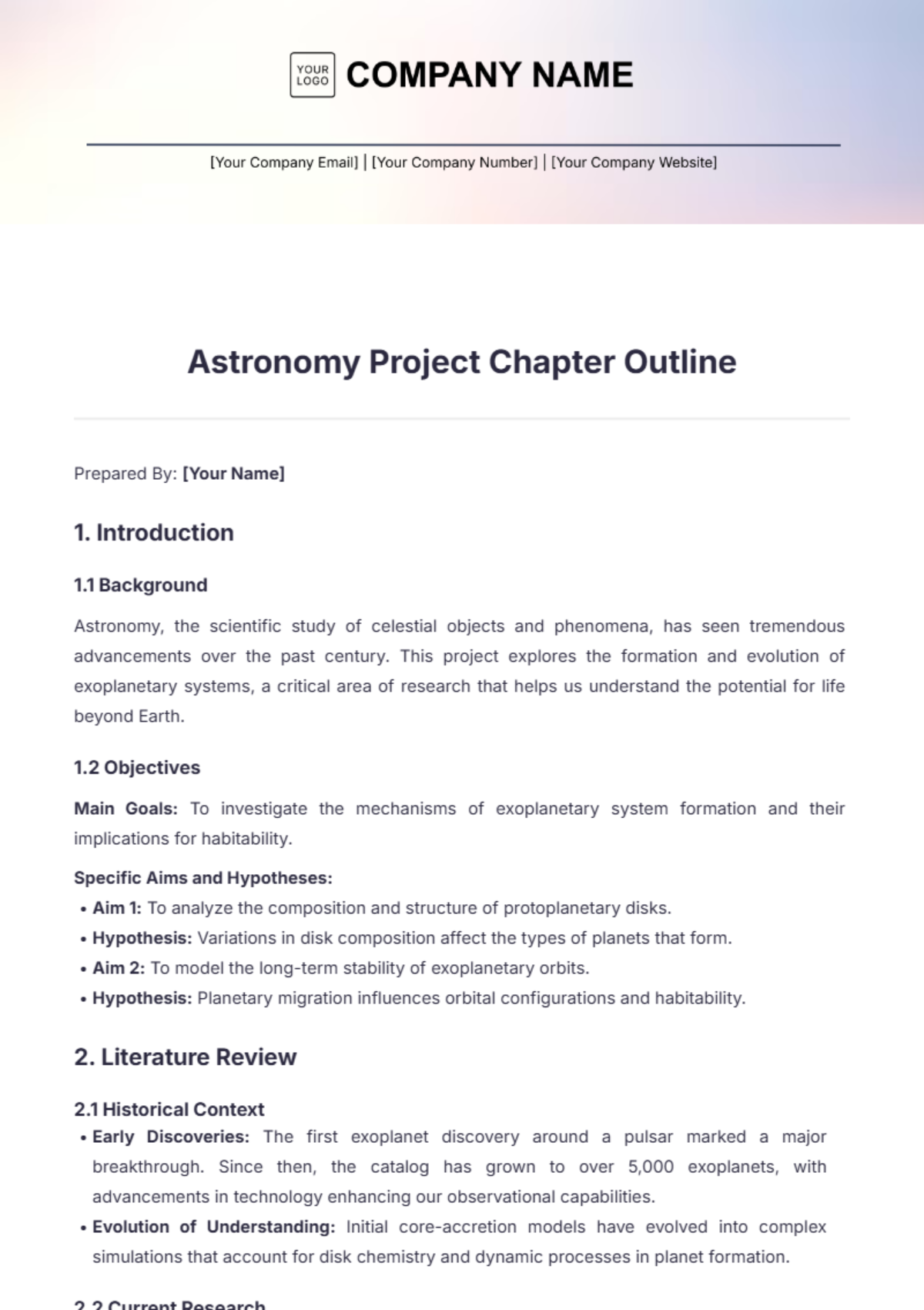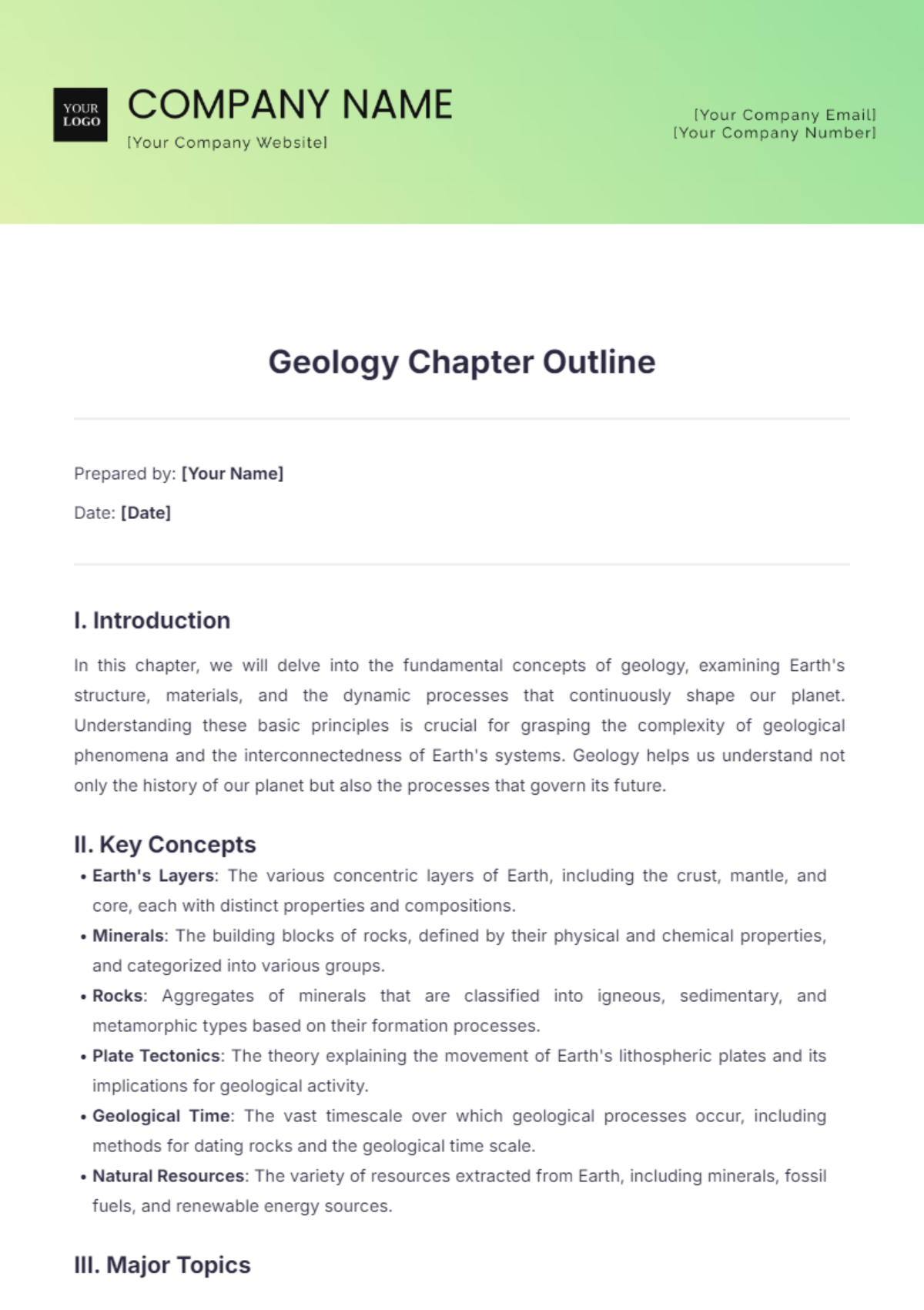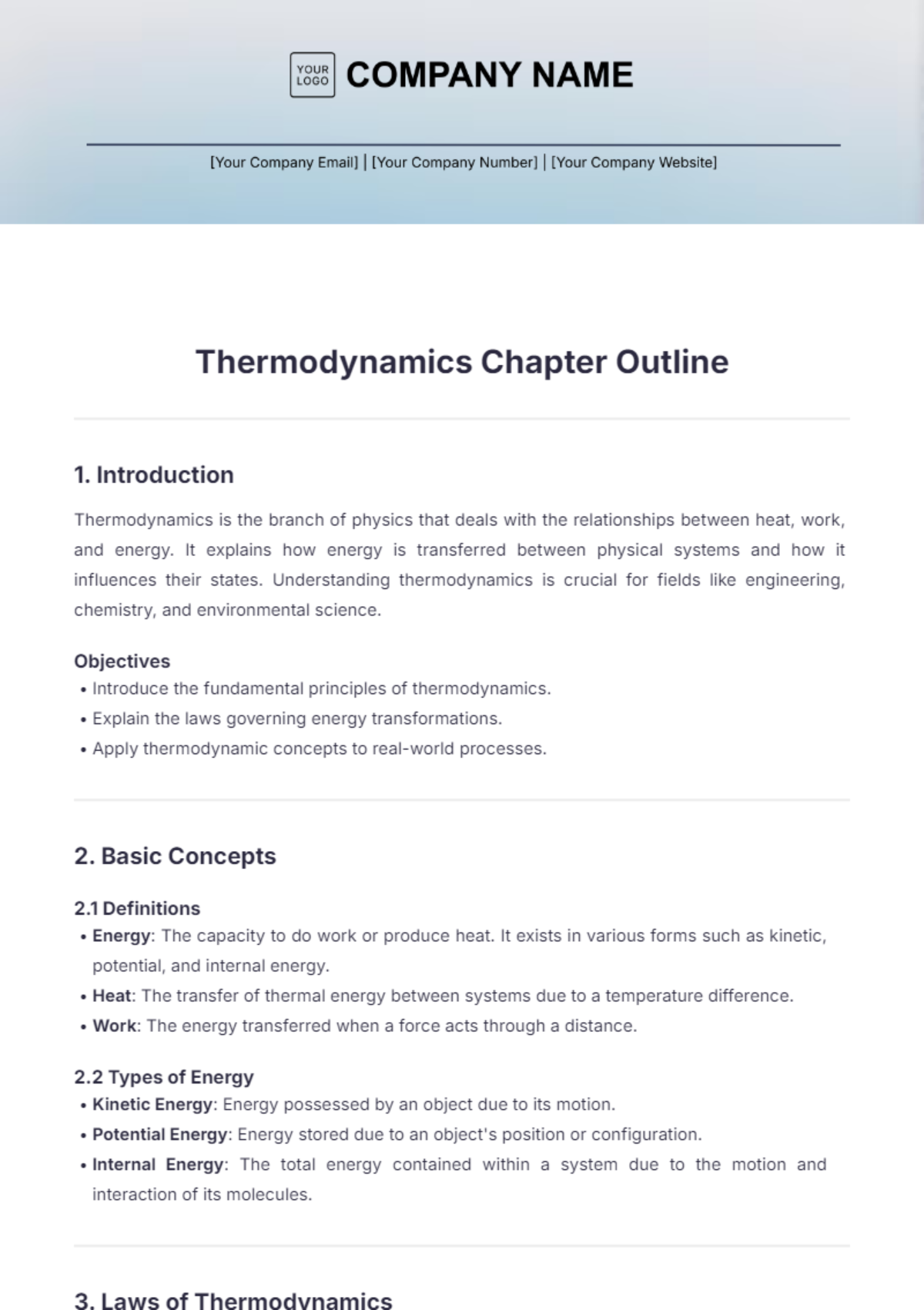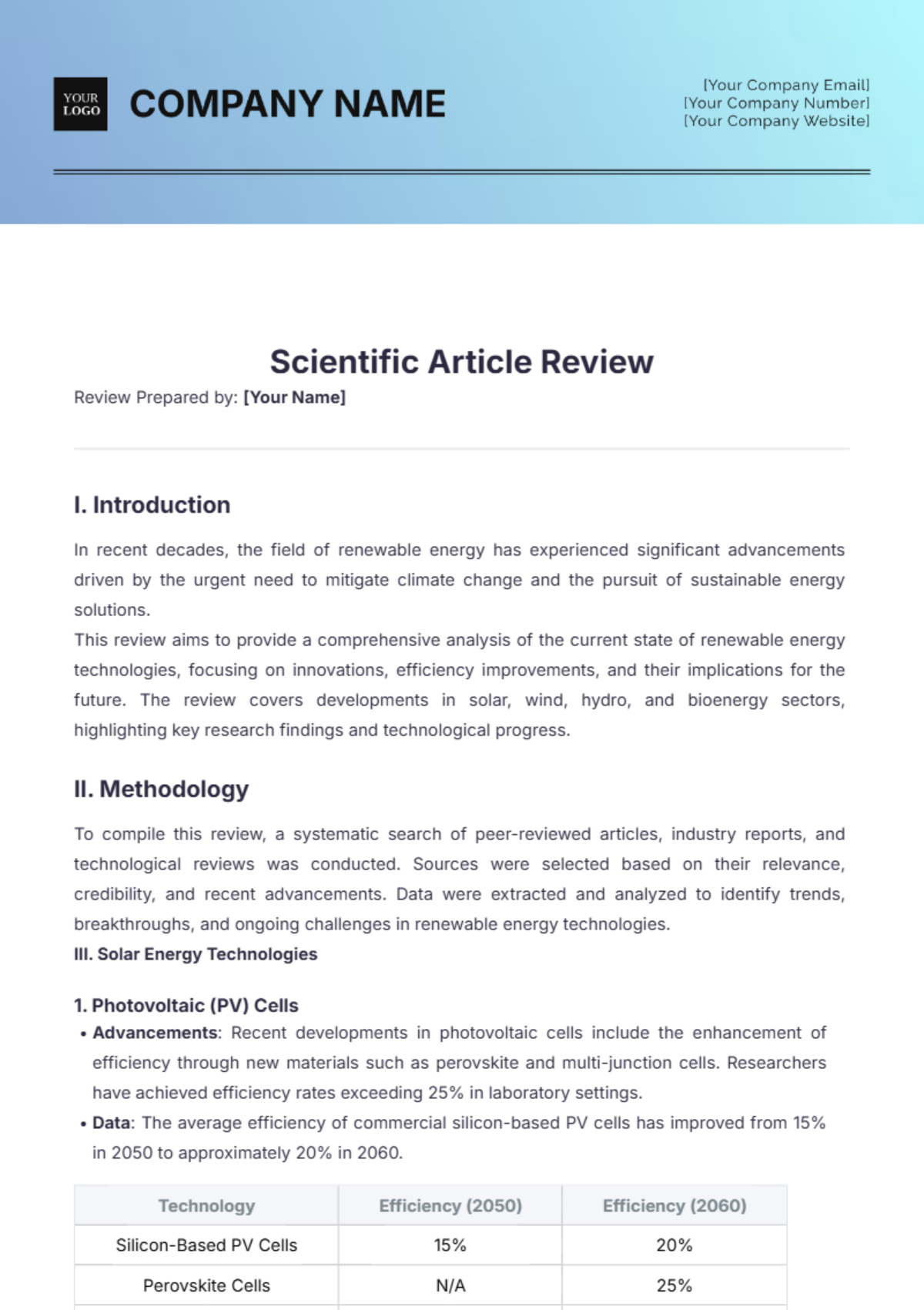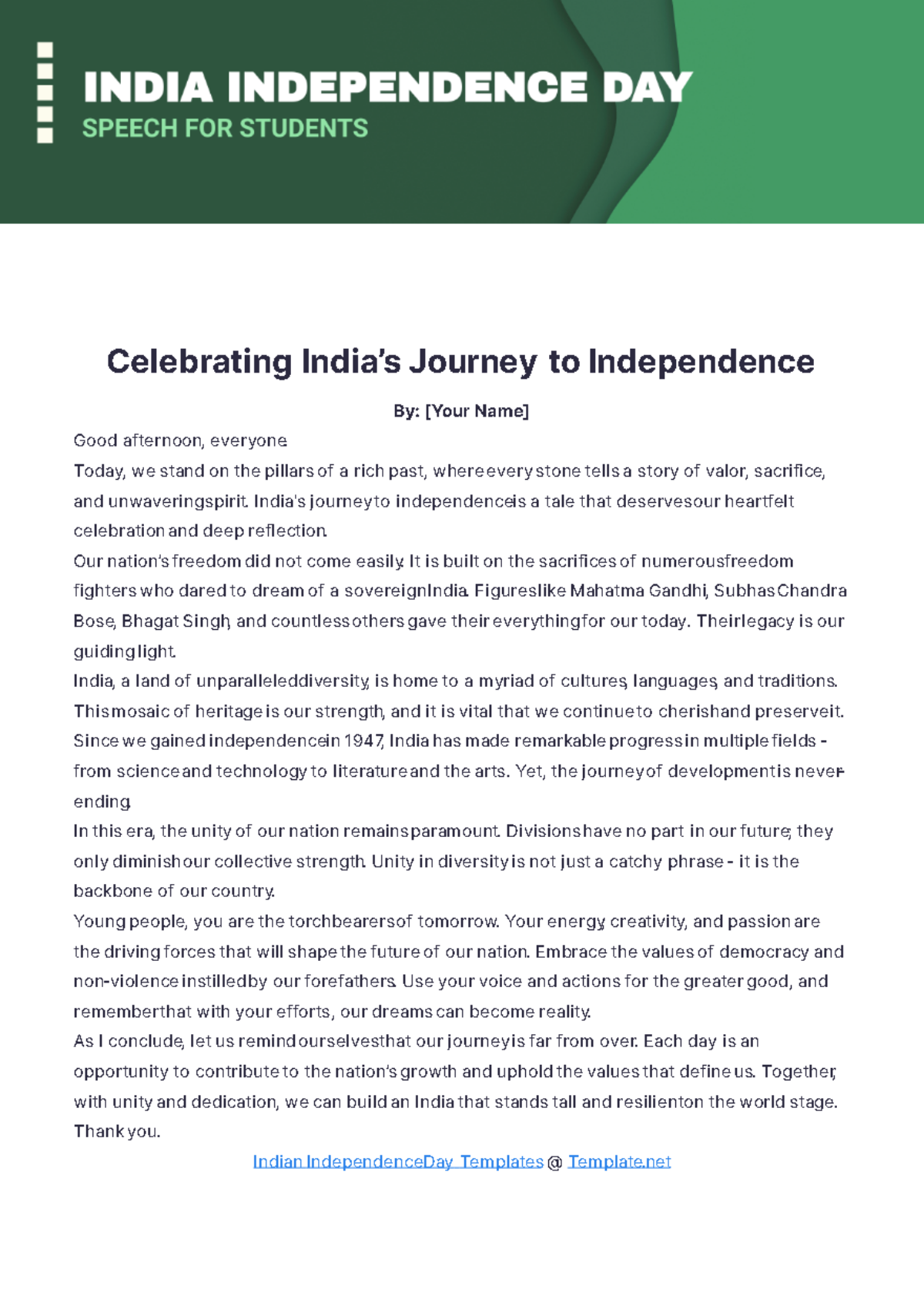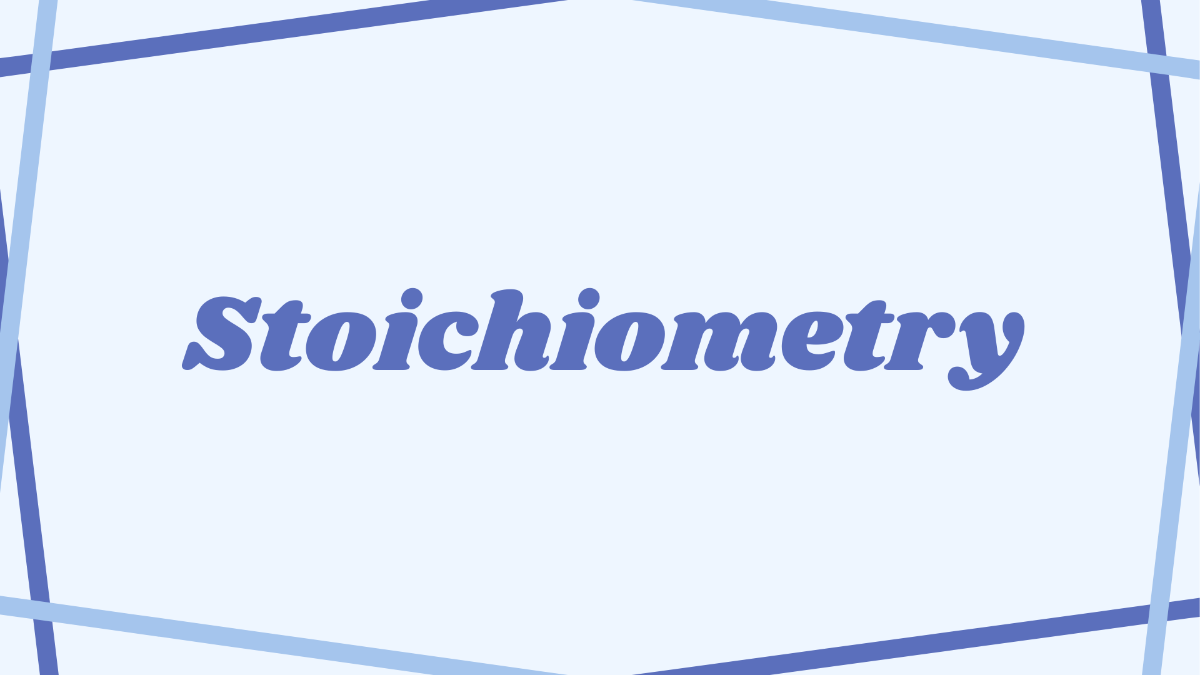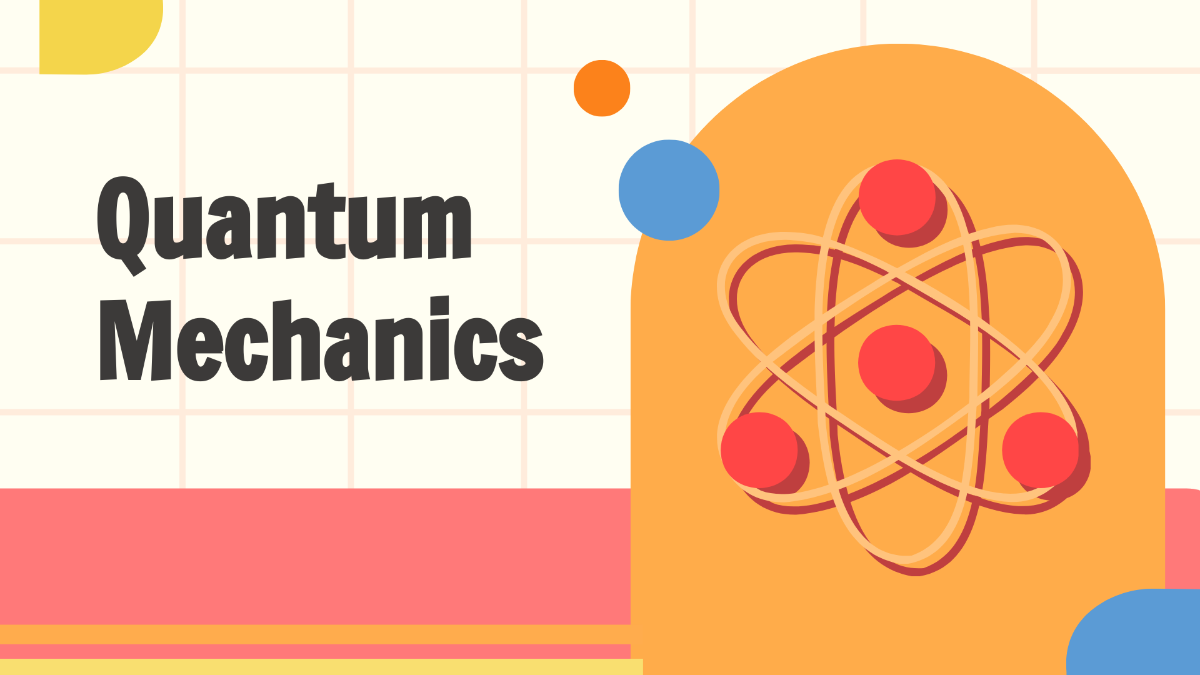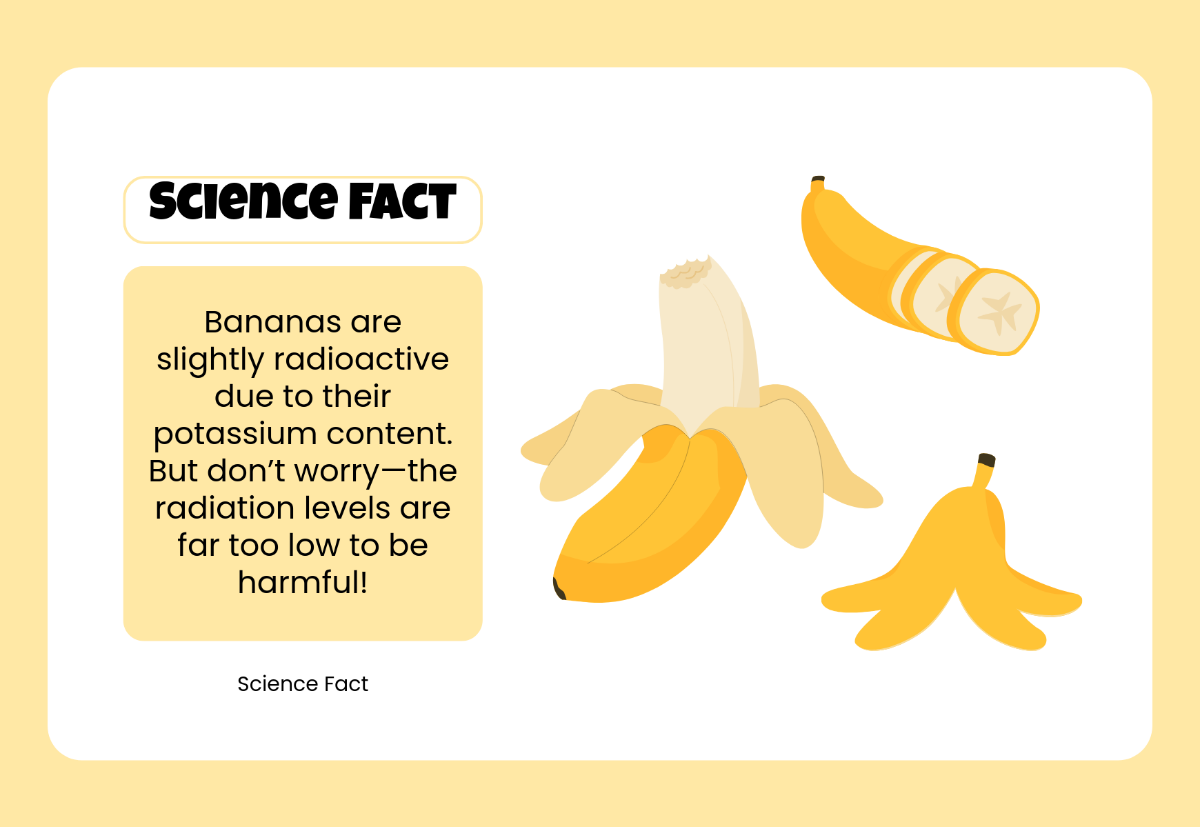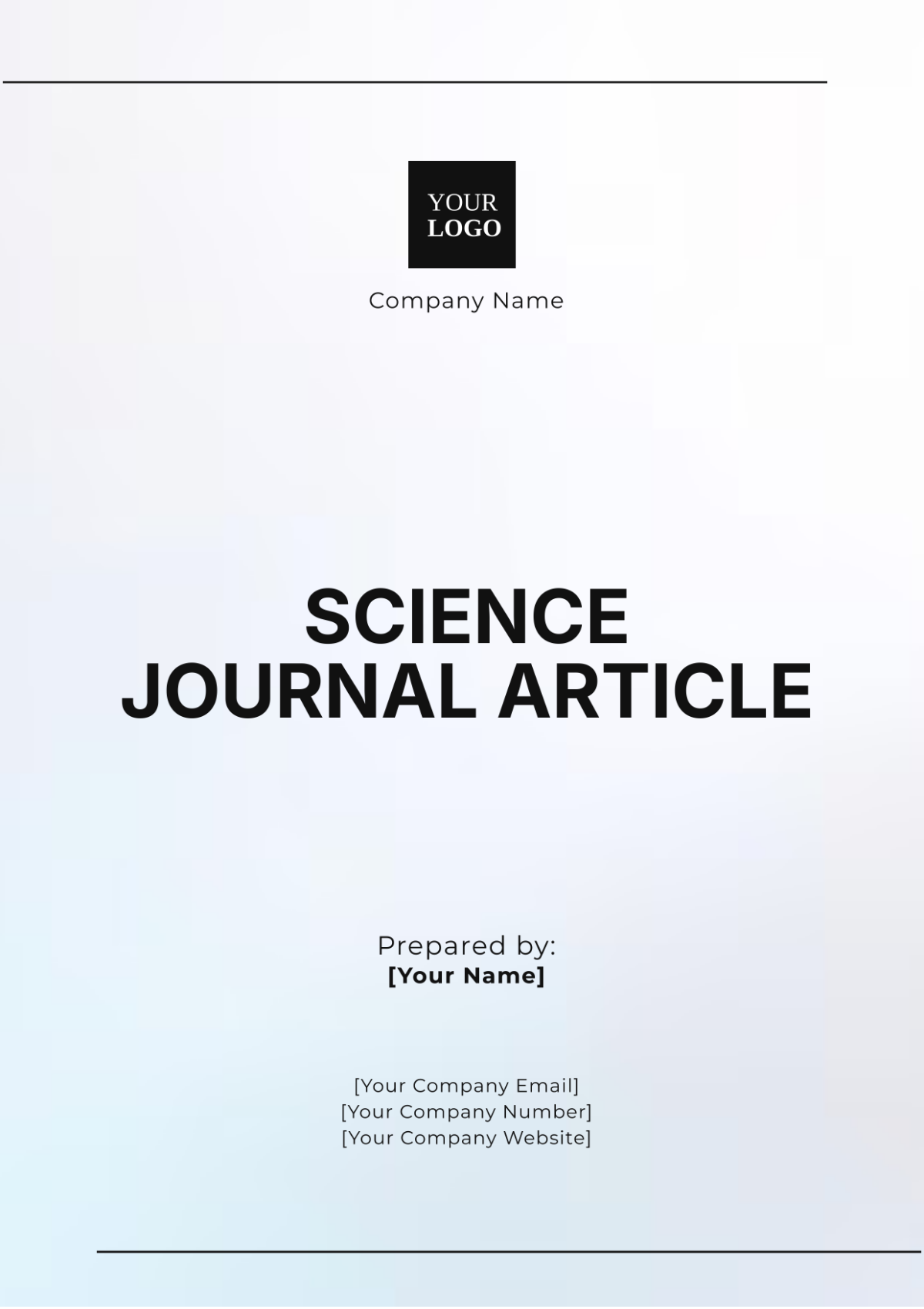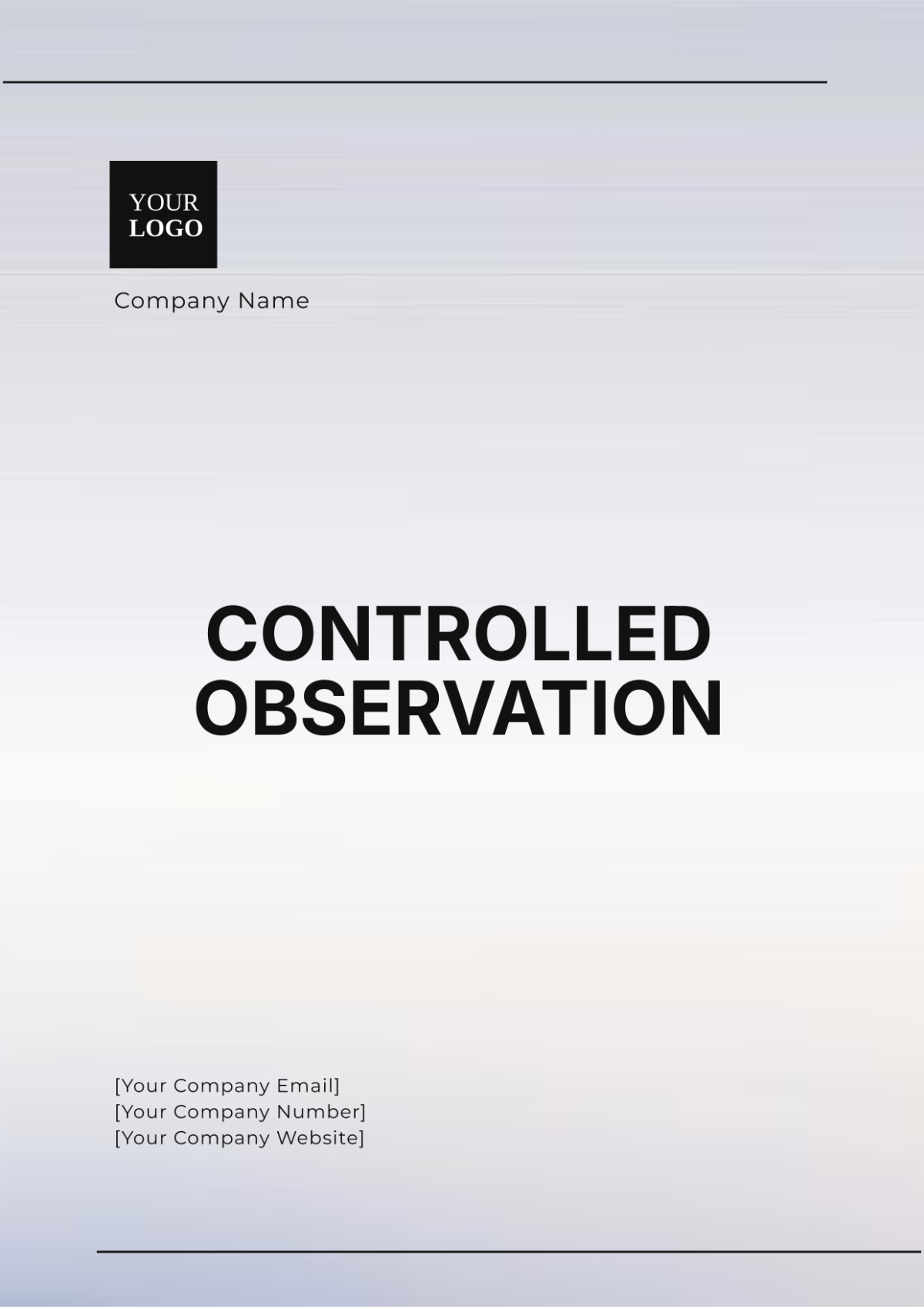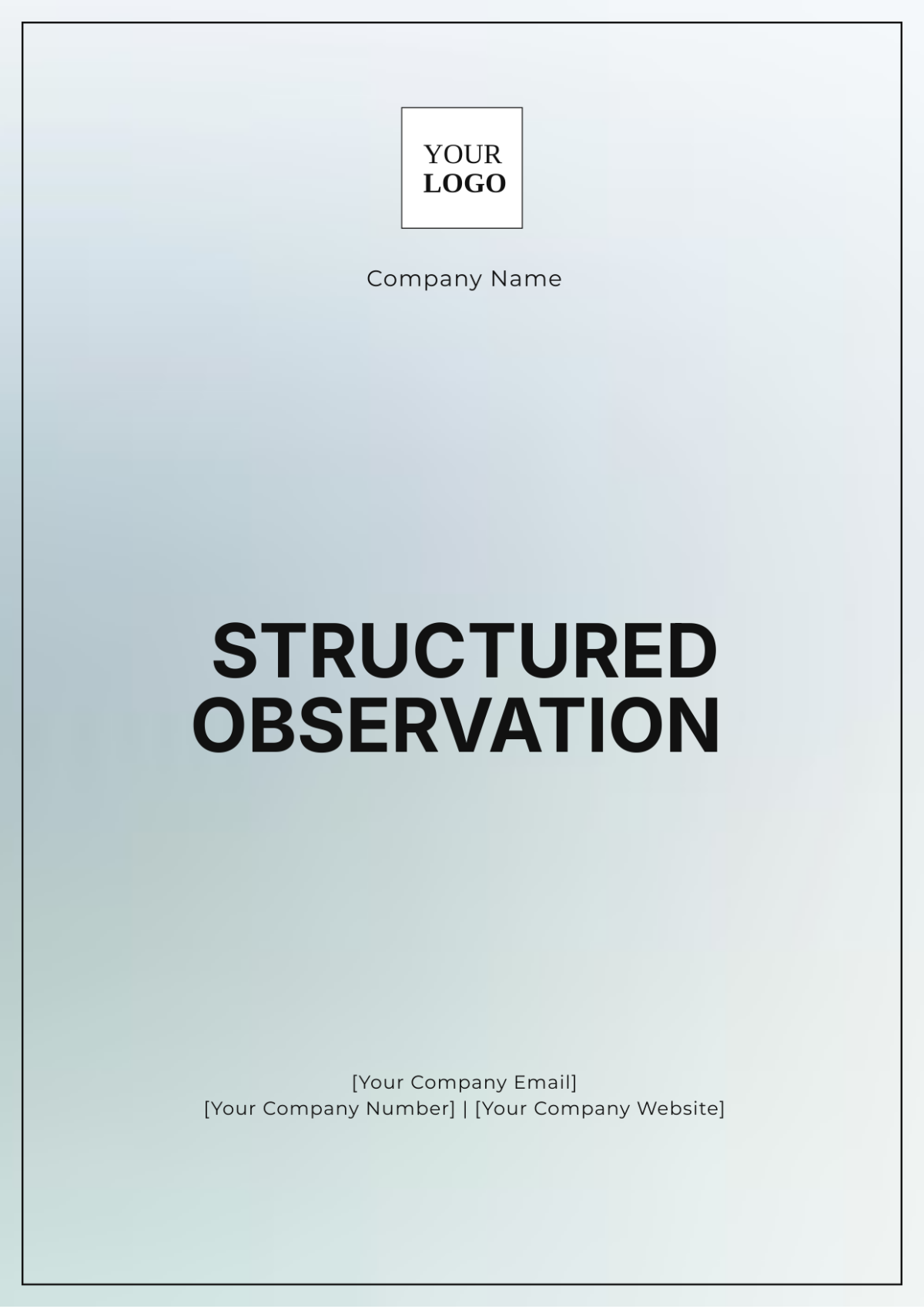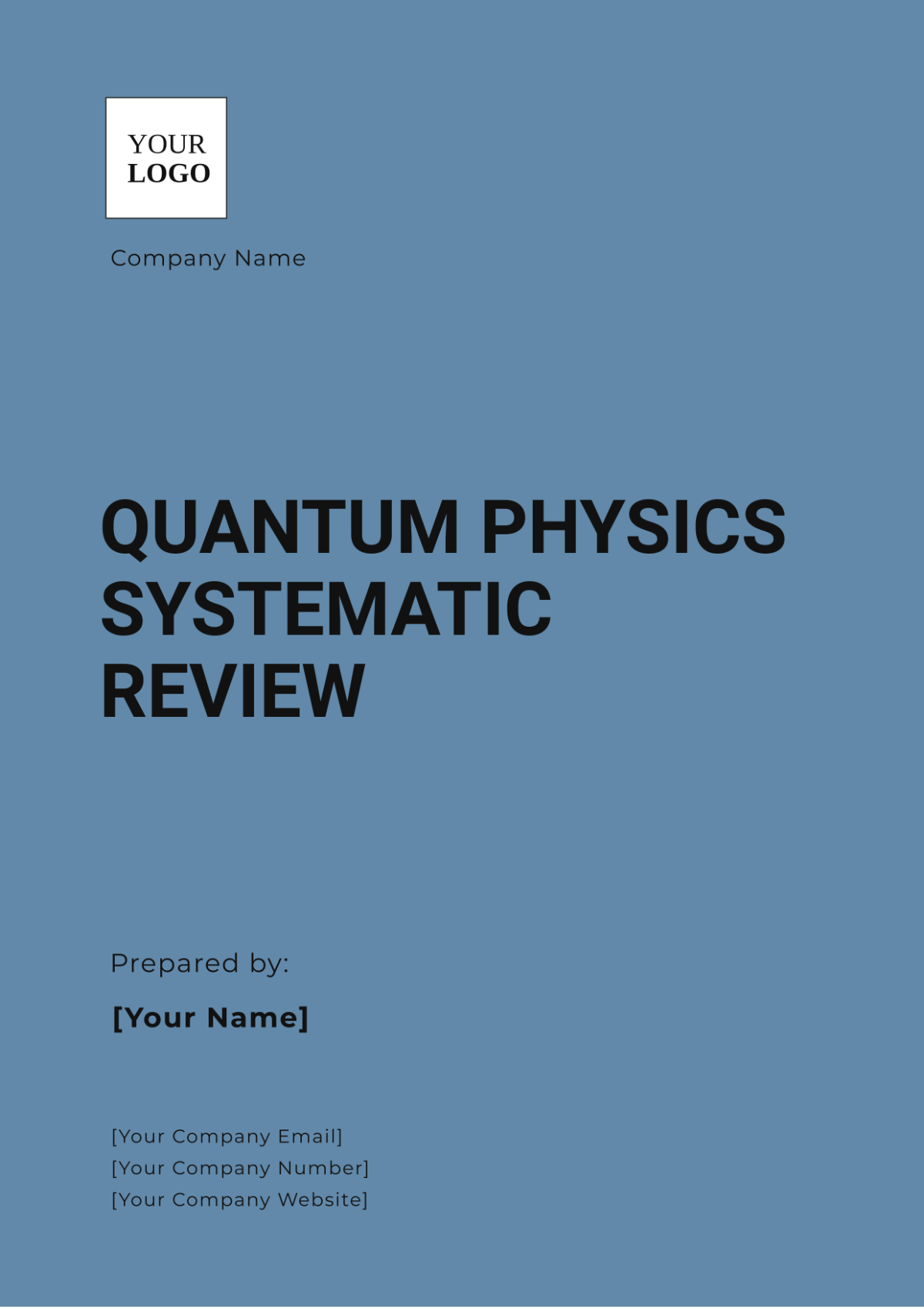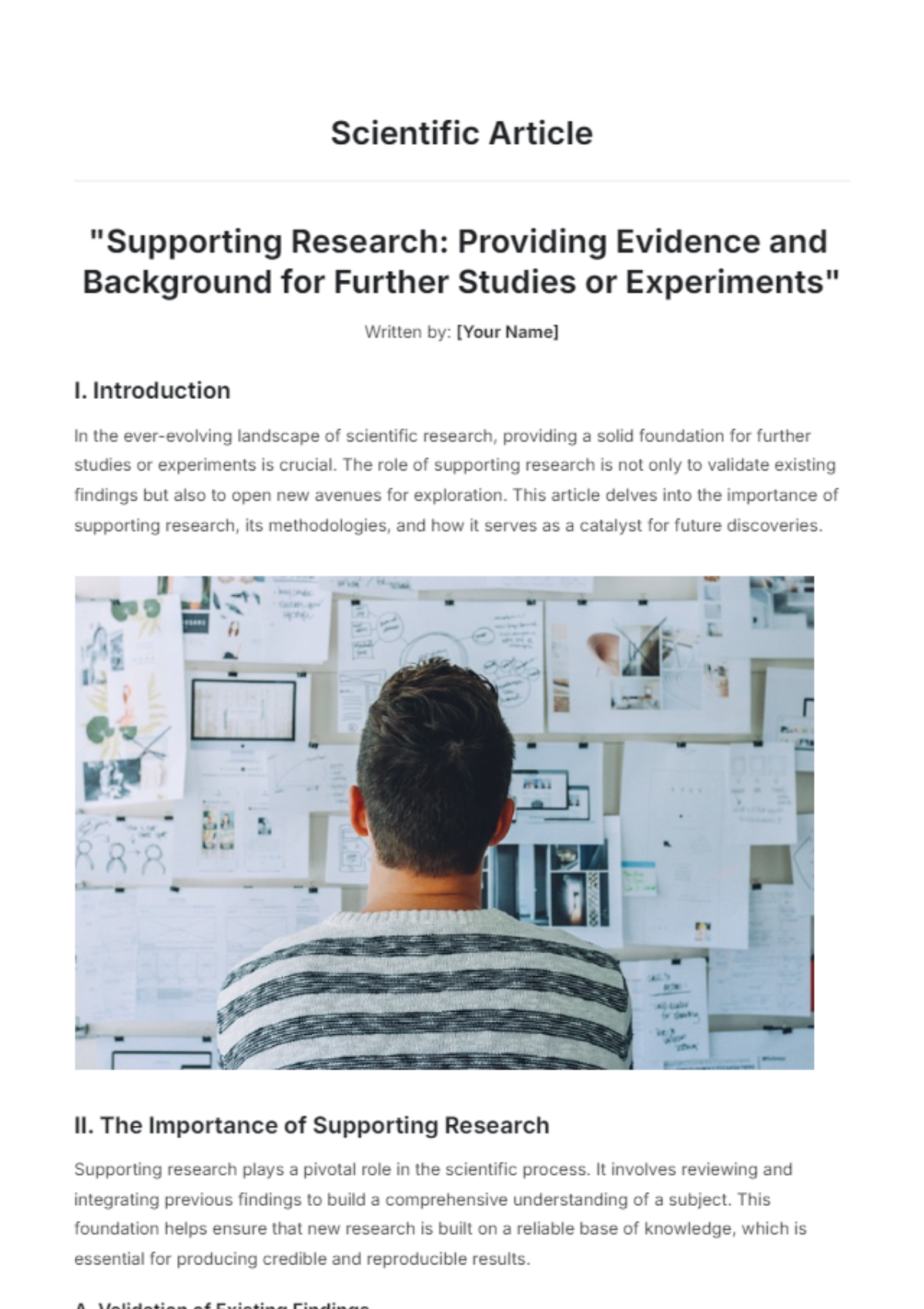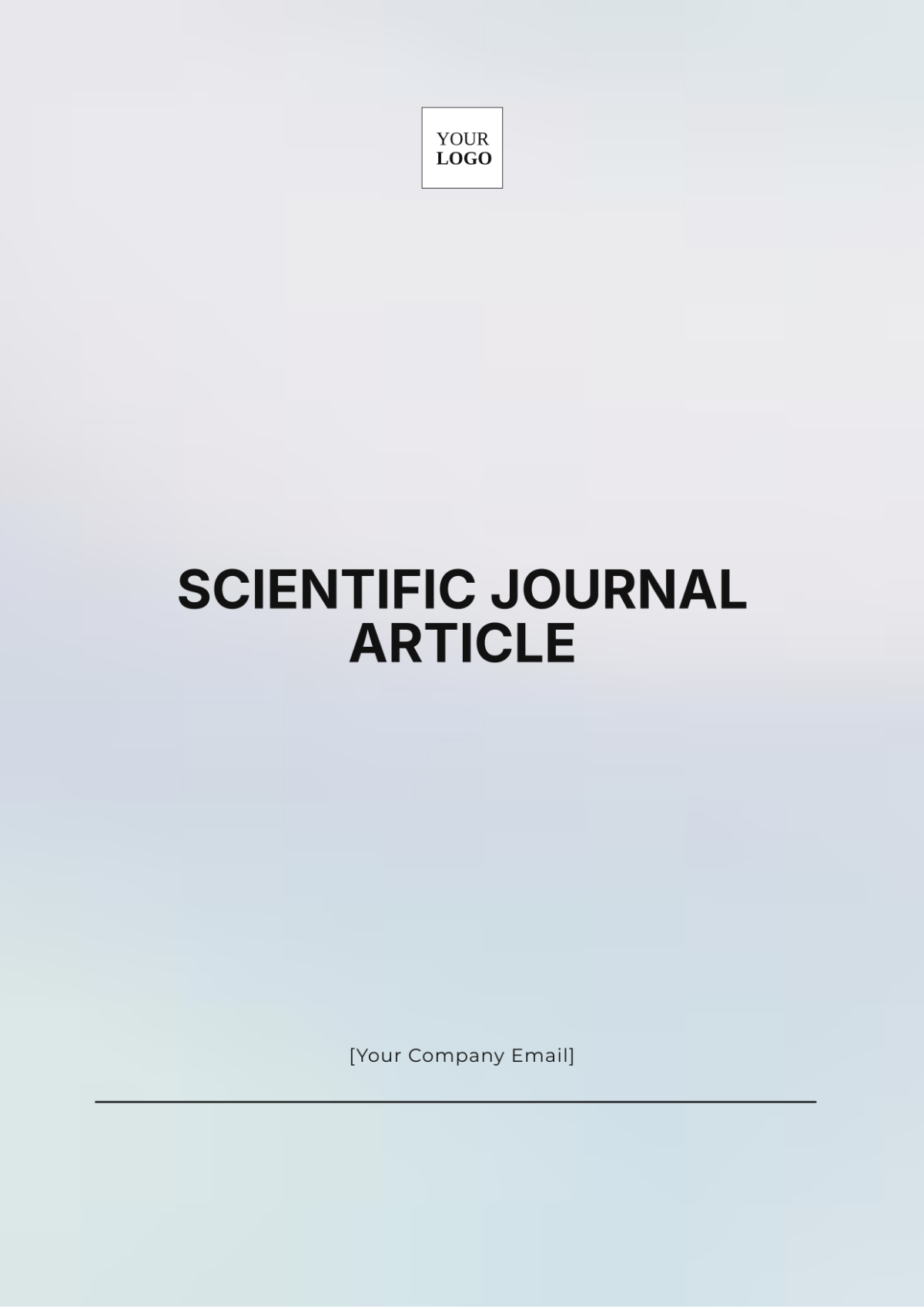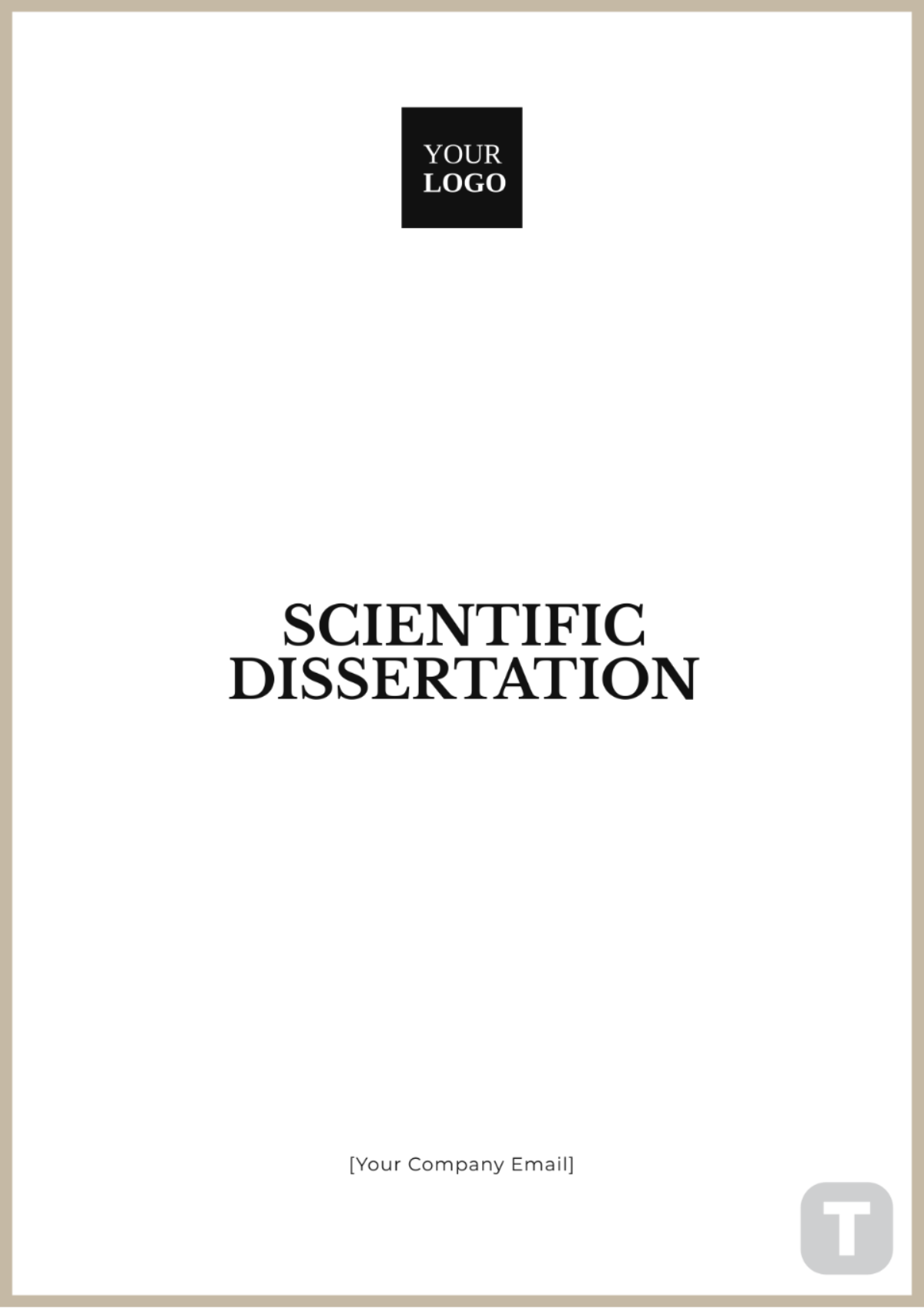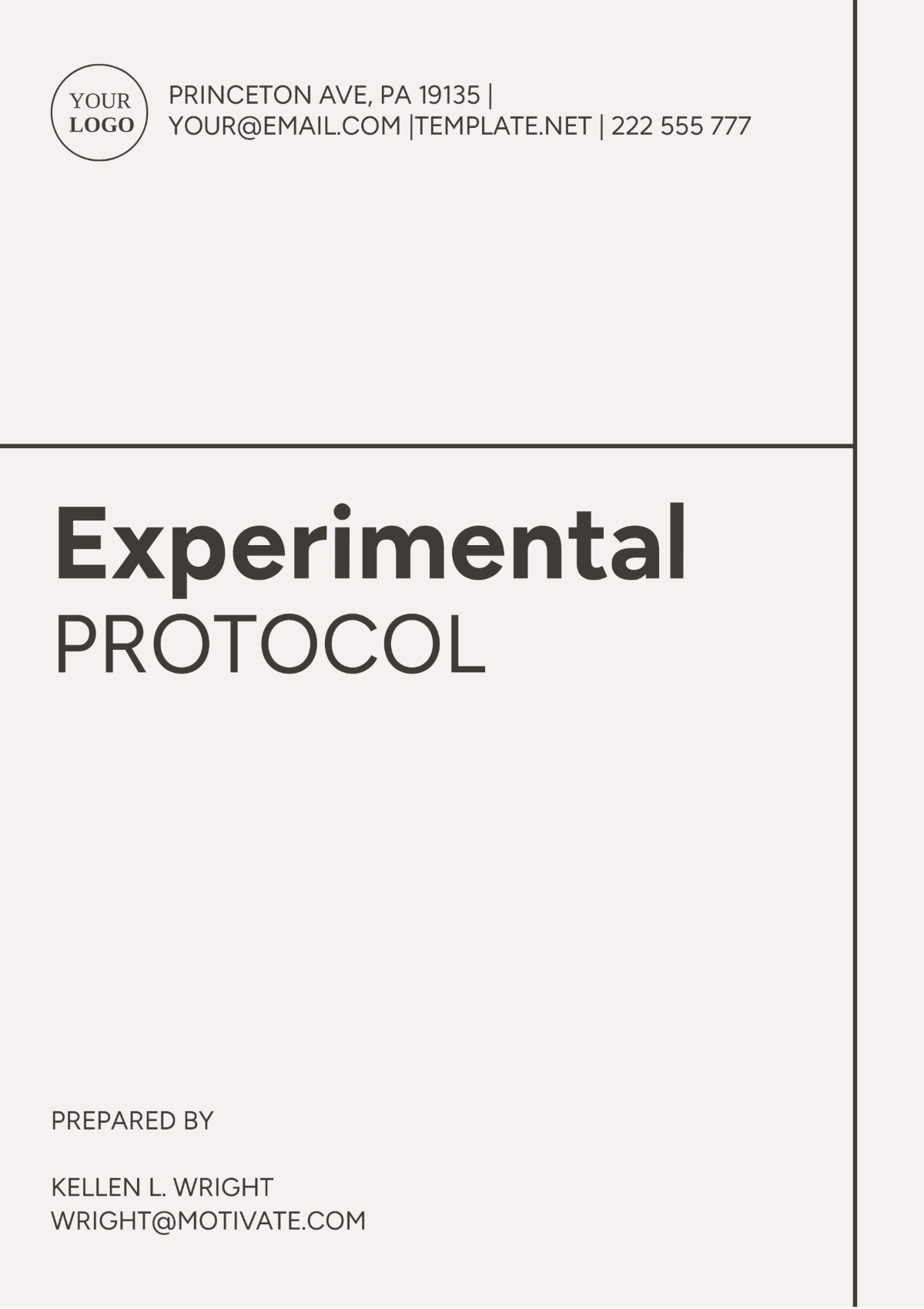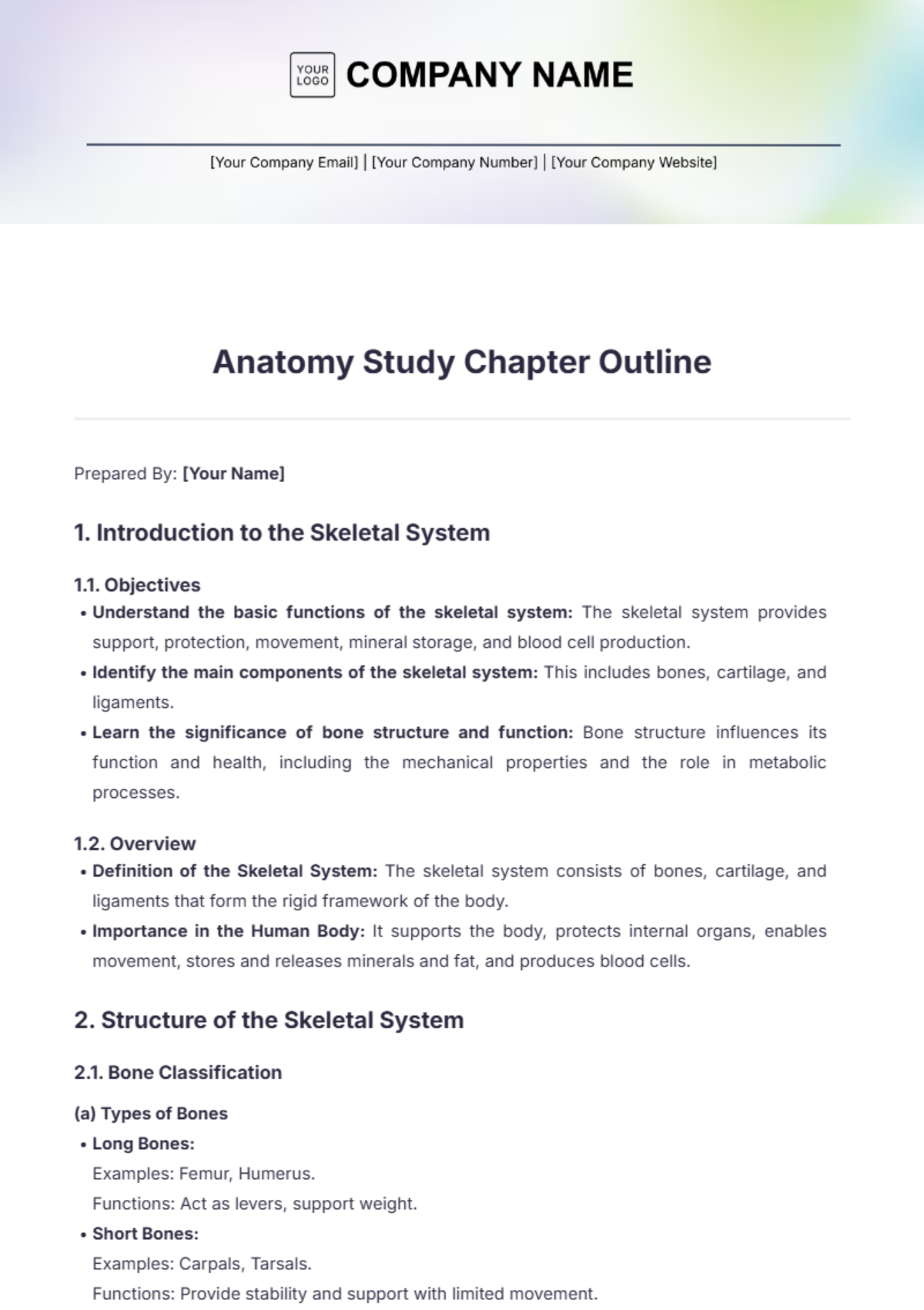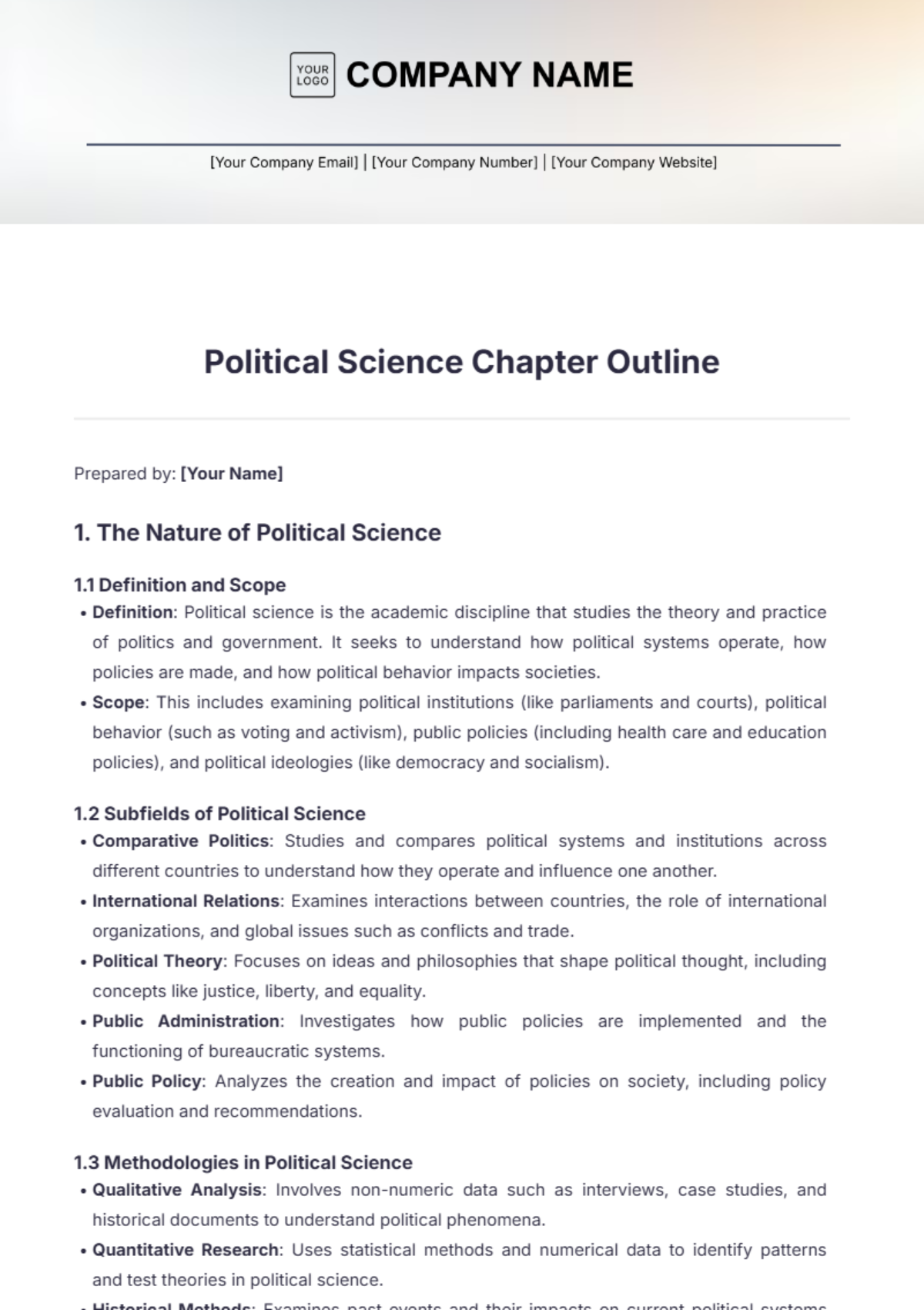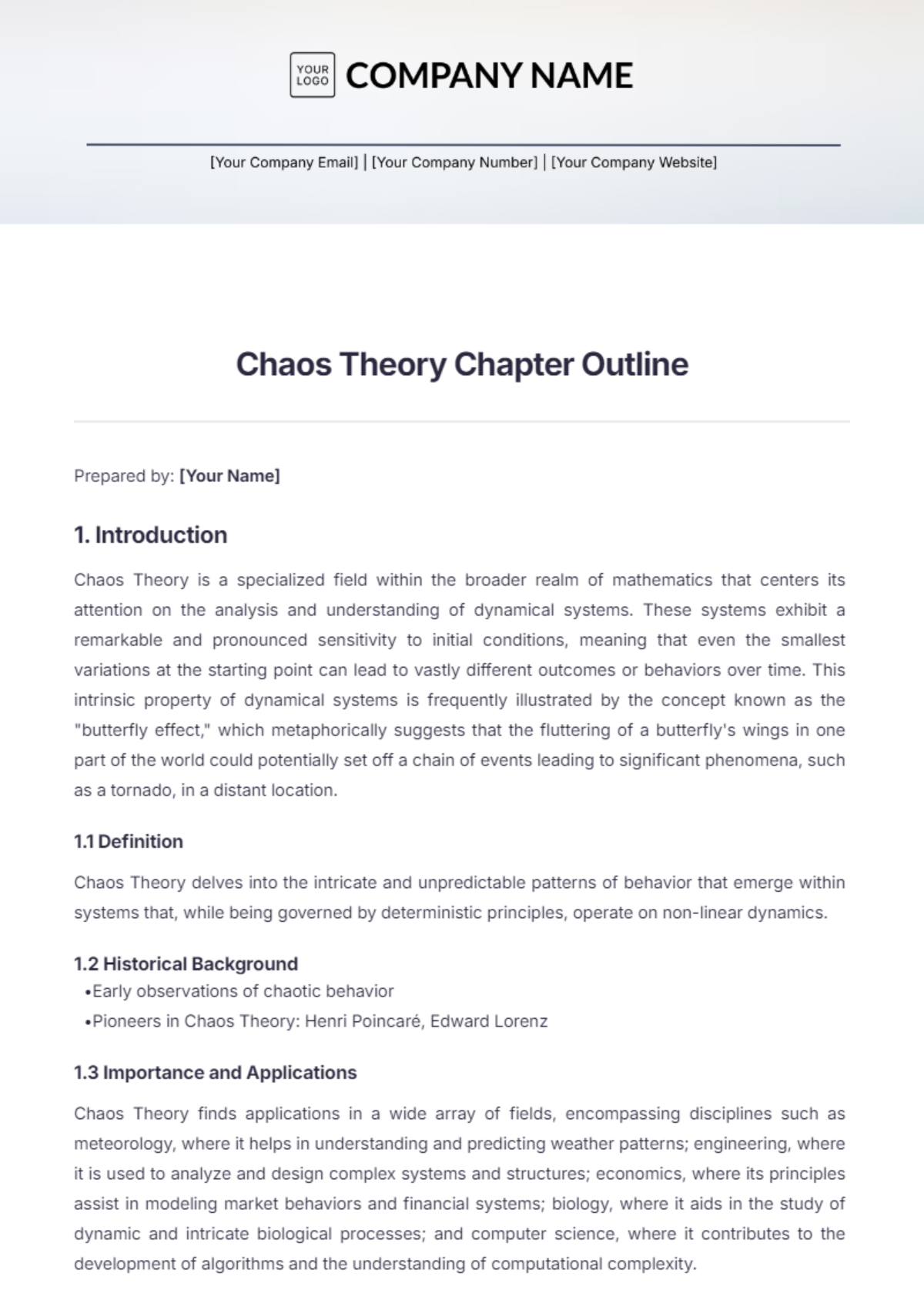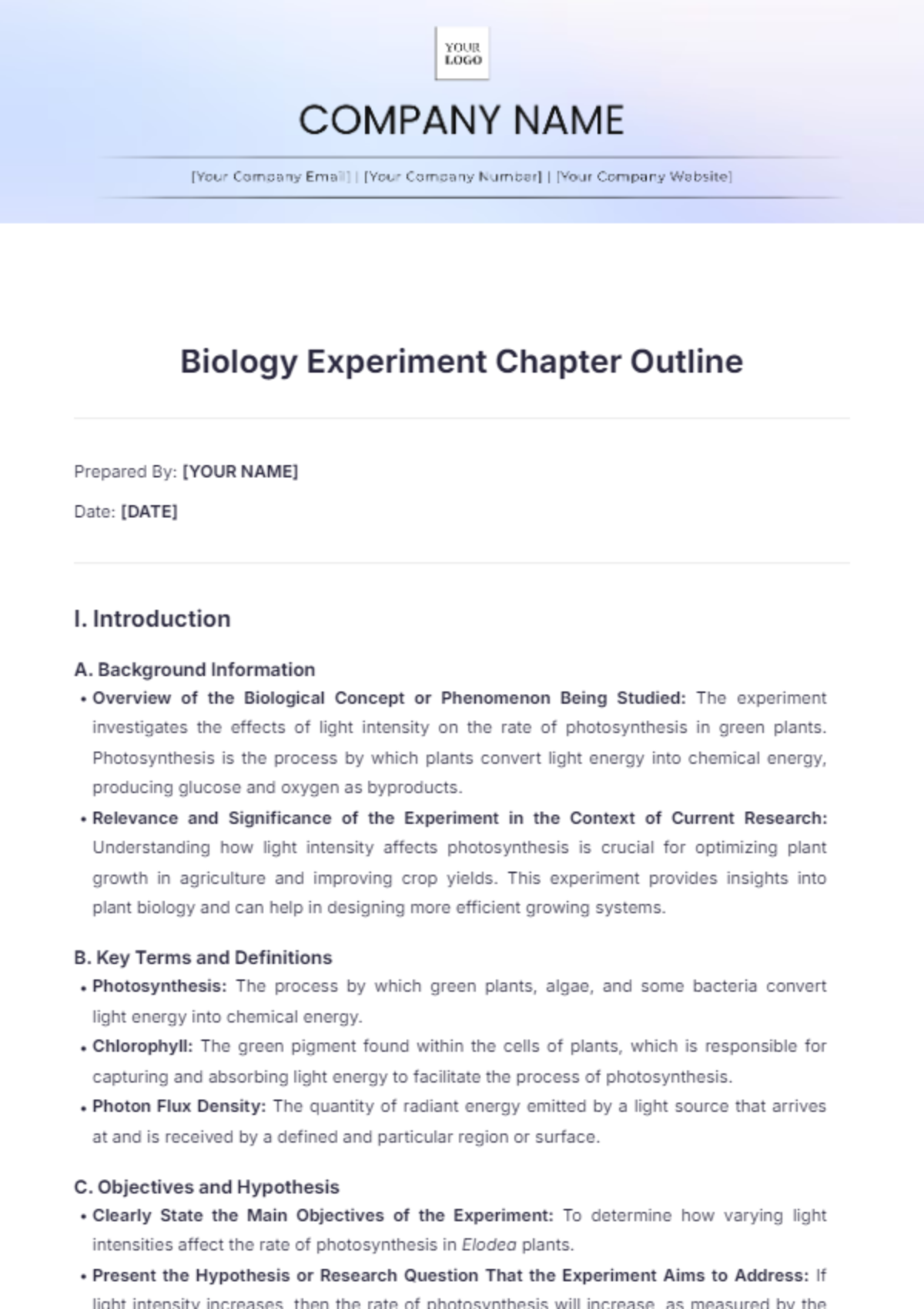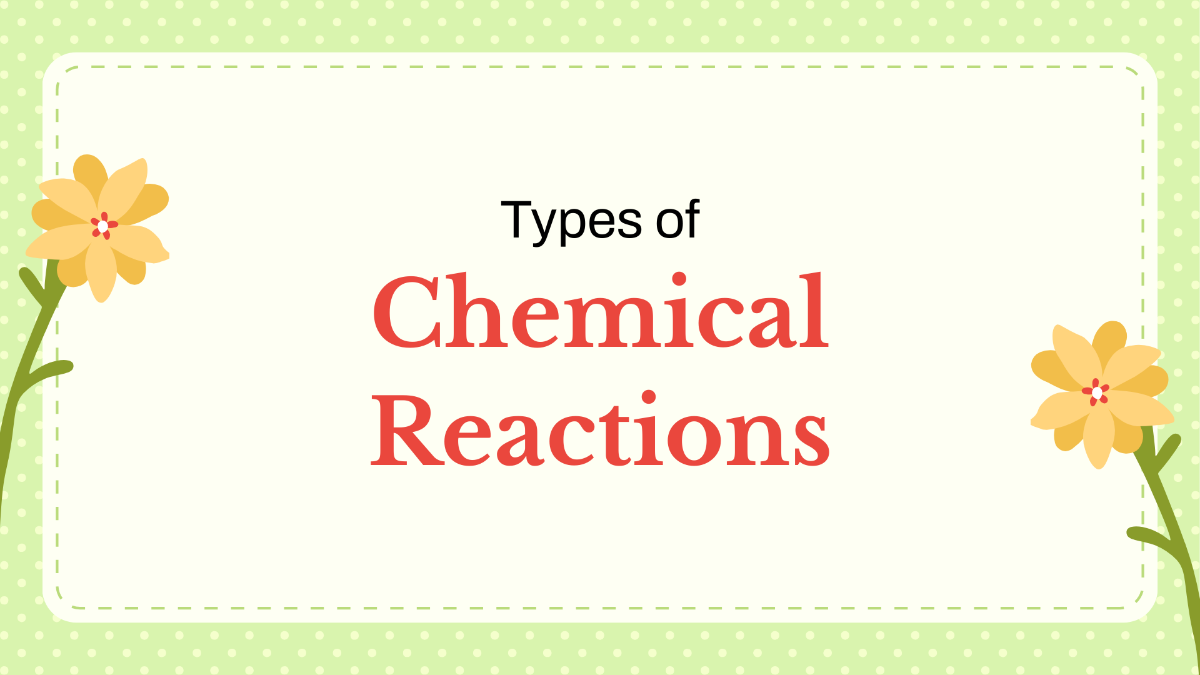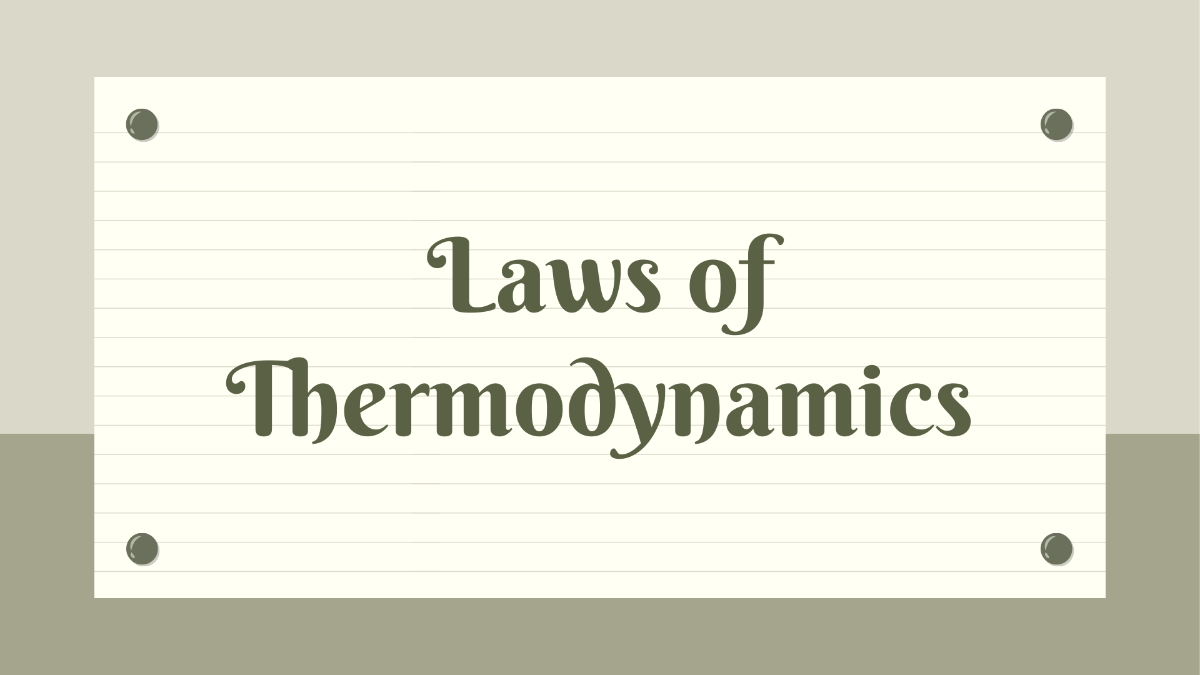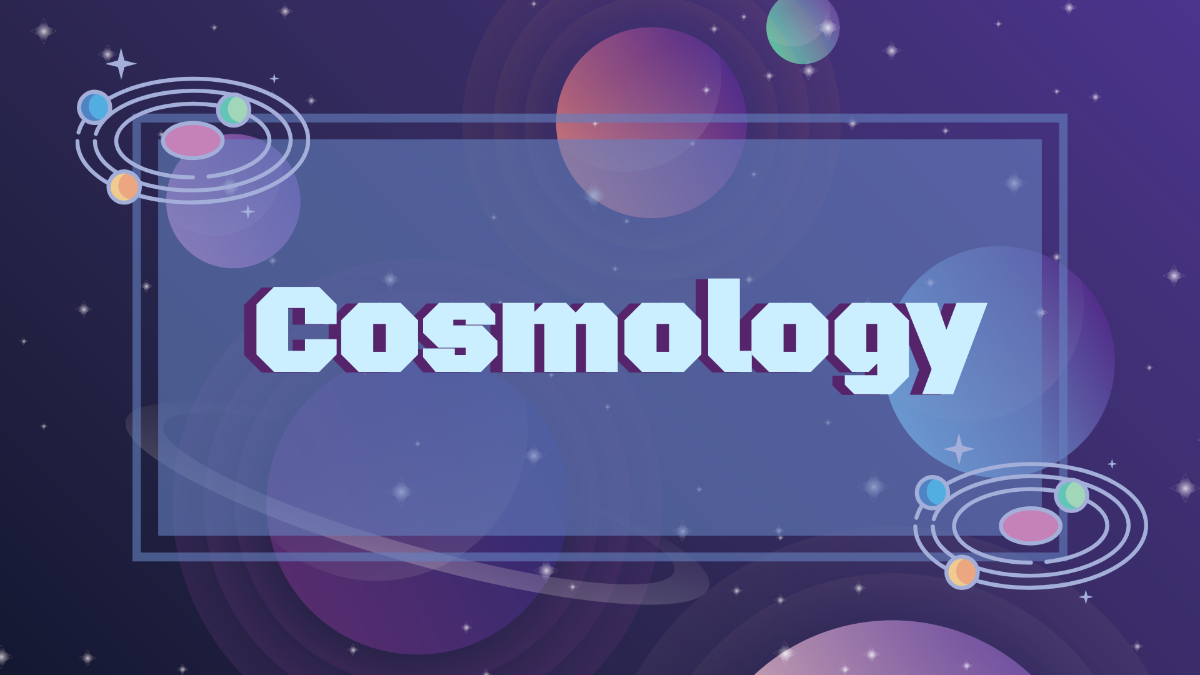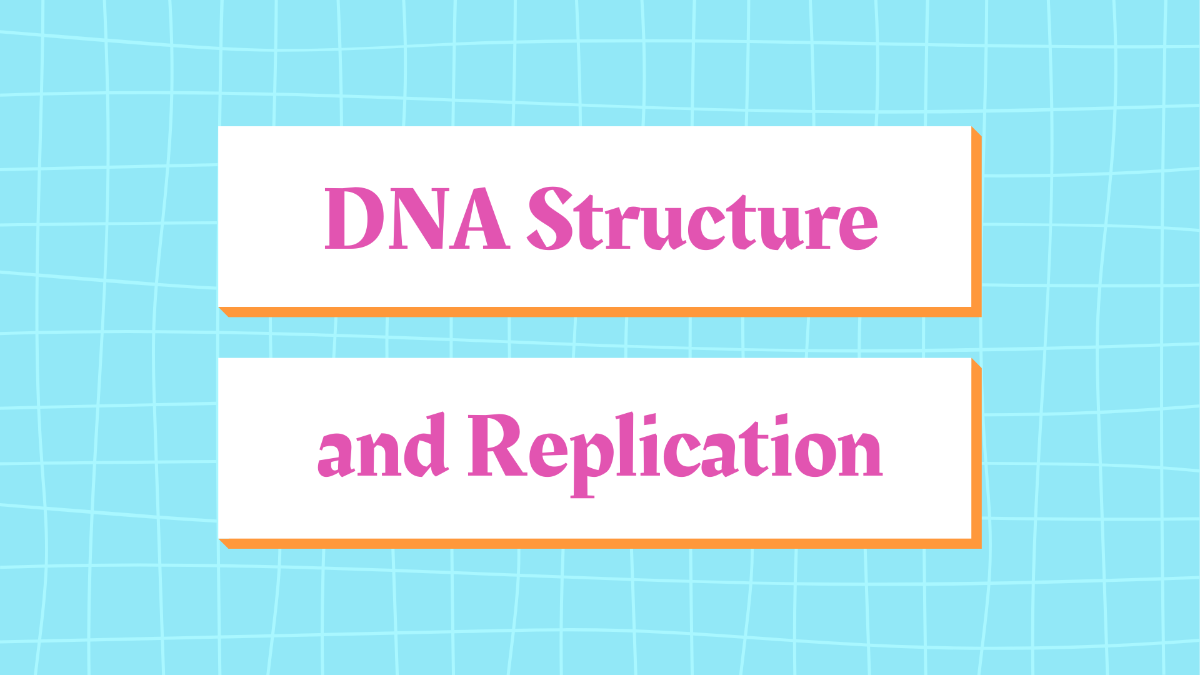Scientific Dissertation
Title | Investigating the Effects of Nano-Materials on Solar Cell Efficiency |
Author | [YOUR NAME] |
Date | [DATE] |
I. Abstract
This research explores the impact of incorporating nano-materials into solar cells to enhance their efficiency. Advanced materials such as graphene and quantum dots are analyzed for their potential benefits. The methodology involves a comparative analysis of traditional and nano-enhanced solar cells through computational simulation and experimental evaluation. The results indicate a significant improvement in energy conversion efficiency with the use of nano-materials, suggesting a promising future for their application in renewable energy technology.
II. Introduction
The demand for efficient and sustainable energy sources is increasing globally. Solar energy represents a promising solution; however, traditional solar cells suffer from limitations in efficiency. This dissertation investigates the potential of nano-materials to overcome these limitations and improve solar cell performance. The objectives of this research are:
To assess and understand the improvements in efficiency brought about by the integration of nano-materials into solar cell technology
To gain a comprehensive understanding of the processes and principles through which these materials improve and optimize performance, it is essential to delve into the underlying mechanisms at play.
This work aims to provide comprehensive recommendations and advice for future research projects and potential commercial uses that may result from our study's findings.
The significance of this study lies in its potential to contribute to the development of more efficient solar energy technologies, which could have far-reaching environmental and economic benefits.
III. Literature Review
Extensive research has been conducted on various techniques to improve the efficiency of solar cells. Traditional methods include optimizing semiconductor materials and the structure of photovoltaic devices. Recent advances have focused on the integration of nano-materials such as:
Graphene: A single layer of carbon atoms with exceptional electrical conductivity and strength, graphene enhances solar cell performance by improving charge transport.
Quantum Dots: Nanoscale semiconductor crystals with tunable light absorption and emission, quantum dots boost solar cell efficiency by increasing light capture and enhancing electron generation.
Carbon Nanotubes: Rolled-up graphene sheets offering high electrical and thermal conductivity, carbon nanotubes improve charge transport and stability in solar cells.
Studies have demonstrated that these materials can significantly boost the performance of solar cells. However, challenges remain in effectively integrating them into commercially viable products.
IV. Methodology
A. Research Design
This research adopts a comprehensive mixed-methods strategy that integrates computational simulations alongside laboratory experiments to conduct a comparative analysis of traditional solar cells and solar cells enhanced with nanotechnology.
B. Methods
The research involves the following steps:
The preparation process of solar cells, including those constructed using traditional methods as well as those enhanced by the incorporation of advanced nano-materials,
The use of computational modeling techniques to create simulations that predict and analyze performance across a range of different conditions.
Engaging in thorough and systematic experimental testing to accurately measure and evaluate the tangible efficiency improvements that have been attained.
C. Procedures
The preparation process includes material synthesis, device fabrication, and characterization techniques such as scanning electron microscopy (SEM) and photoluminescence spectroscopy. Simulation models are developed using software such as COMSOL Multiphysics and MATLAB.
V. Results
A. Efficiency Comparison
Sample | Efficiency (%) |
|---|---|
Traditional Solar Cell | 15.3 |
Graphene-Enhanced Solar Cell | 20.5 |
Quantum Dot Solar Cell | 22.1 |
B. Spectroscopic Analysis
The data obtained through spectroscopic analysis indicate a significant increase in absorption within the visible light spectrum for cells that have been enhanced at the nanoscale. This finding provides substantial evidence that supports the noticeable improvements in their overall efficiency.
VI. Discussion
The findings indicate that the integration of nano-materials such as graphene and quantum dots can significantly improve the efficiency of solar cells. The mechanisms behind these enhancements include improved charge transport and increased light absorption. These results have important implications for the future of solar energy technology, offering a pathway to more efficient and cost-effective solutions. Future research should focus on material optimization and scalability for commercial applications.
VII. Conclusion
This dissertation demonstrates the potential of nano-materials to revolutionize solar cell technology. The main findings highlight significant efficiency gains with the use of advanced materials, paving the way for further research and development in this field. The study underscores the importance of continued innovation to achieve sustainable and efficient energy solutions.
VIII. References/Bibliography
Smith, J. (2051). Advances in Photovoltaic Materials. Energy Science Journal, 15(3), 212-225.
Johnson, R. (2050). Quantum Dots in Solar Energy Conversion. Materials Today, 45(2), 134-147.
Brown, M. (2059). Carbon Nanotubes and Solar Cell Efficiency. Renewable Energy Review, 33(4), 78-91.
Appendices A: Data Sets
The supplementary files that are provided in conjunction with this research encompass numerous additional data sets. These data sets were employed extensively during the study to support the research findings and enhance the overall depth and breadth of the analysis.
Appendices B: Questionnaires
The appendices of this document include a detailed sample questionnaire tailored for expert interviews, intended to collect insights and opinions from knowledgeable individuals about the expected developments and future outlook of nano-materials in solar technology.
